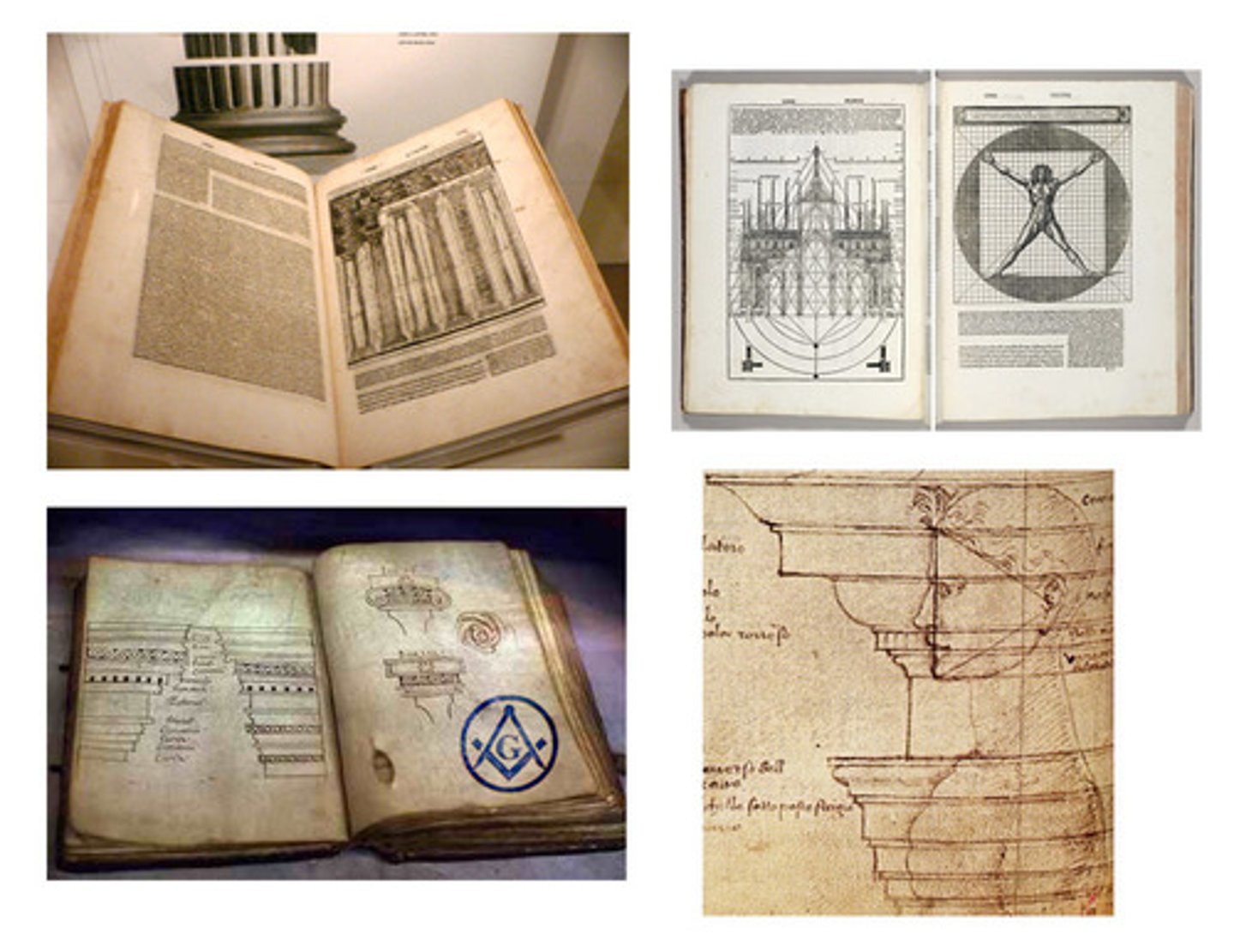Theory of Architecture
1/277
There's no tags or description
Looks like no tags are added yet.
Name | Mastery | Learn | Test | Matching | Spaced |
|---|
No study sessions yet.
278 Terms
Daniel Burnham
"Make no little plans. Think big"
Aesthetic
Branch of philosophy that deals with the nature of art, beauty, and taste, with a view to establish the meaning and validity of critical judgments concerning works of art.
Beauty
The aggregate of qualities in a person or thing that gives intense pleasure to the senses or deep satisfaction to the mind or spirit whether arising from harmony of form or color, excellence of craft, truthfulness, originality, or other, often unspecifiable property.
Taste
Critical judgment, discernment, or appreciation of what is fitting, harmonious, or beautiful prevailing in a culture or personal to an individual.
Tectonics
The science or art of shaping, ornamenting, or assembling materials in construction.
Technology (Applied Science)
The branch of knowledge that deals with the creation and use of technical methods and materials and their interrelation with life, society and the environment.
Edmund Bacon
"It's in the doing that the idea comes."
Point
Marks a position in space
Line
Connection of two or more points of an infinitely longer path (length, direction, position)
Plane
A series of parallel lines or a transparent spatial membrane which can be stretched between two parallel lines (length and width, shape, surface, orientation, position).
Volume
Points or vertices where several planes come together. Has length, width and depth, it indicates form, shape, surface, orientation and position in 3D.
Form
Is the primary identifying characteristic of volume
3 Transformation of Form.
1. Dimensional
2. Subtractive
3. Additive
4 Kinds of Additive Forms.
1. Spatial Tension
2. Edge to Edge Contact
3. Face to Face Contact
4. Interlocking Volumes
Centralized Form
A number of secondary forms clustered about a dominant central parent form.
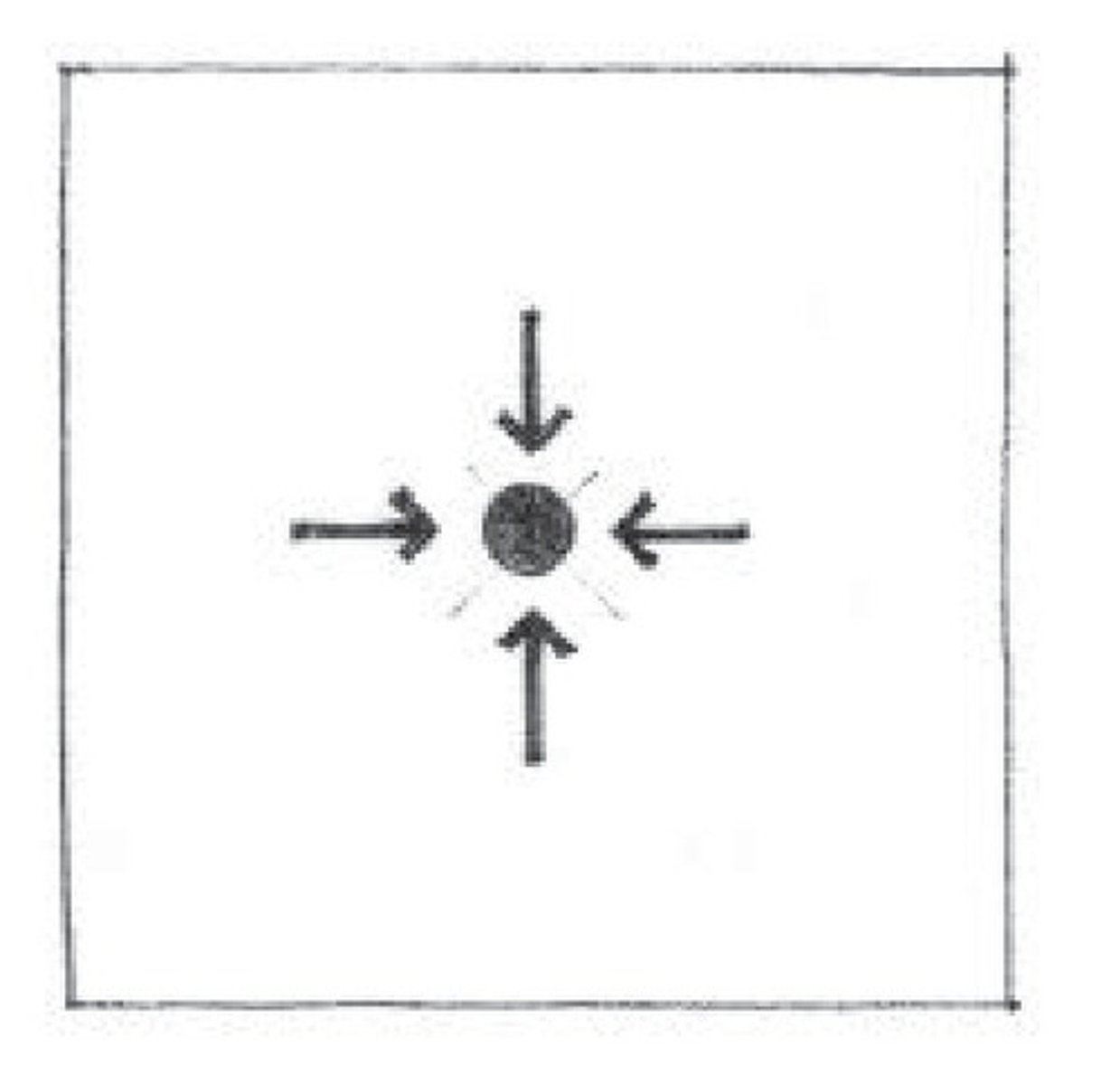
Linear Form
A series of forms arranged sequentially in a row.
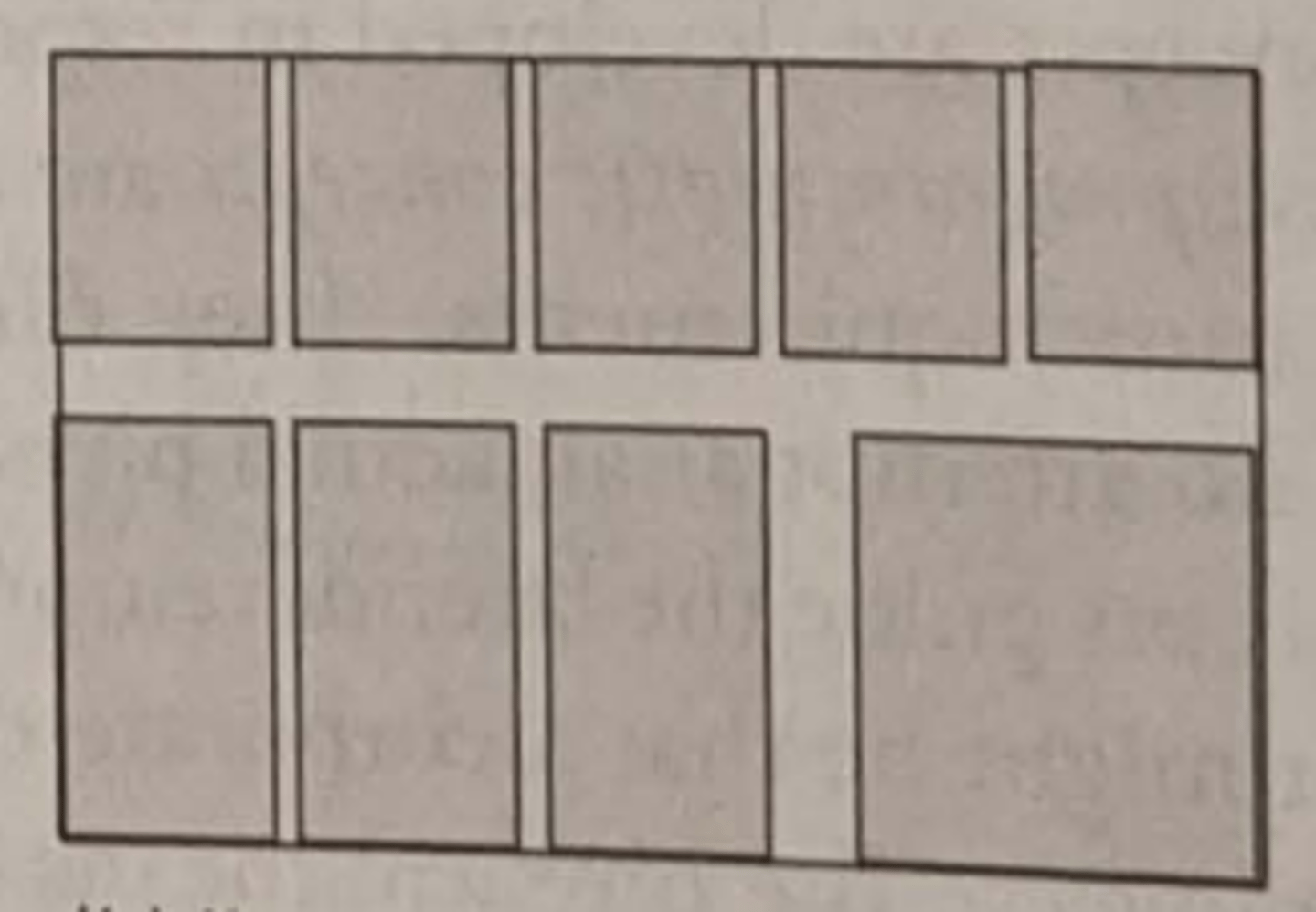
Radial Form
A composition of linear forms extending outward from a central form in a radial manner.
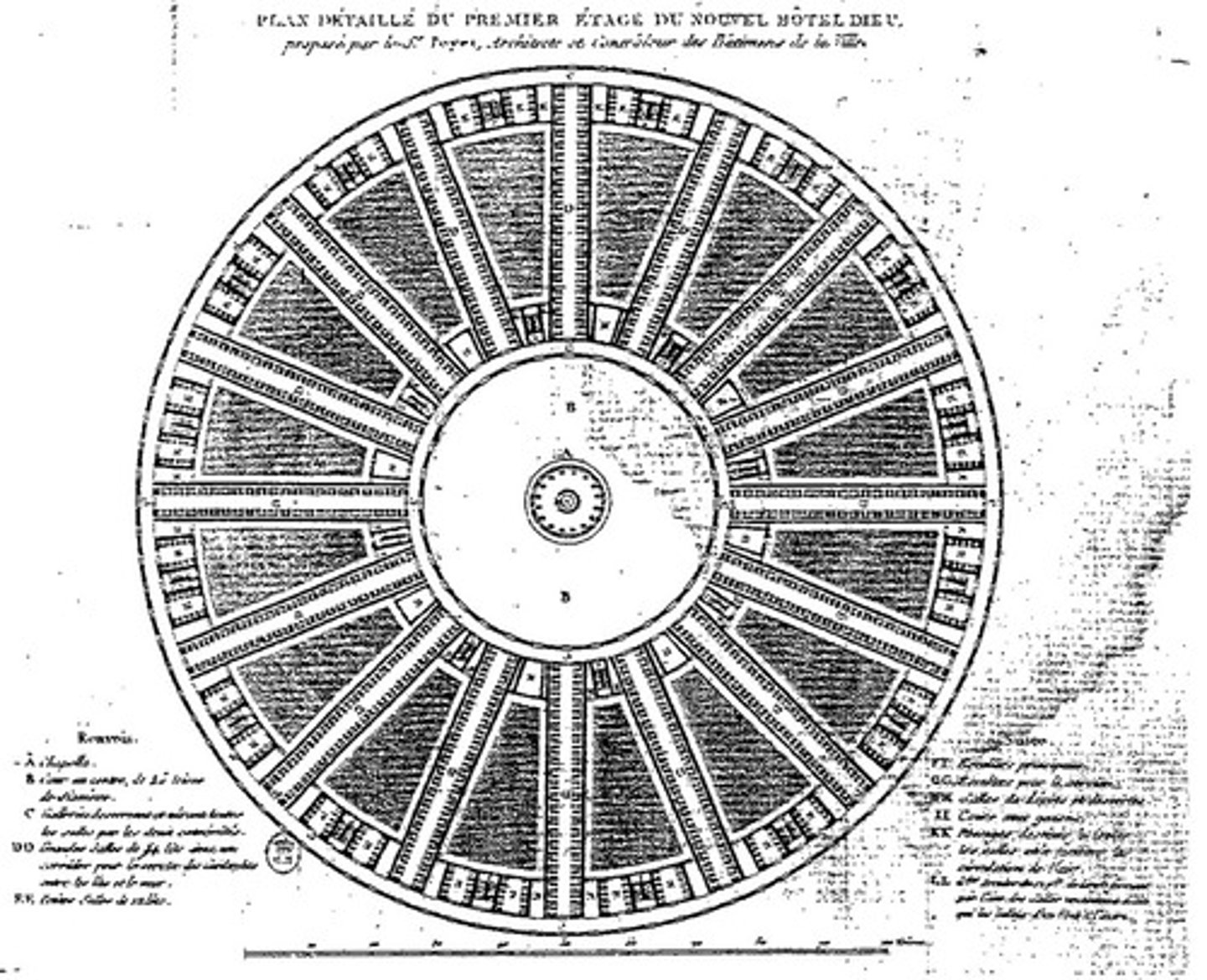
Clustered Form
A collection of forms grouped together by proximity or the sharing of a common visual trait.
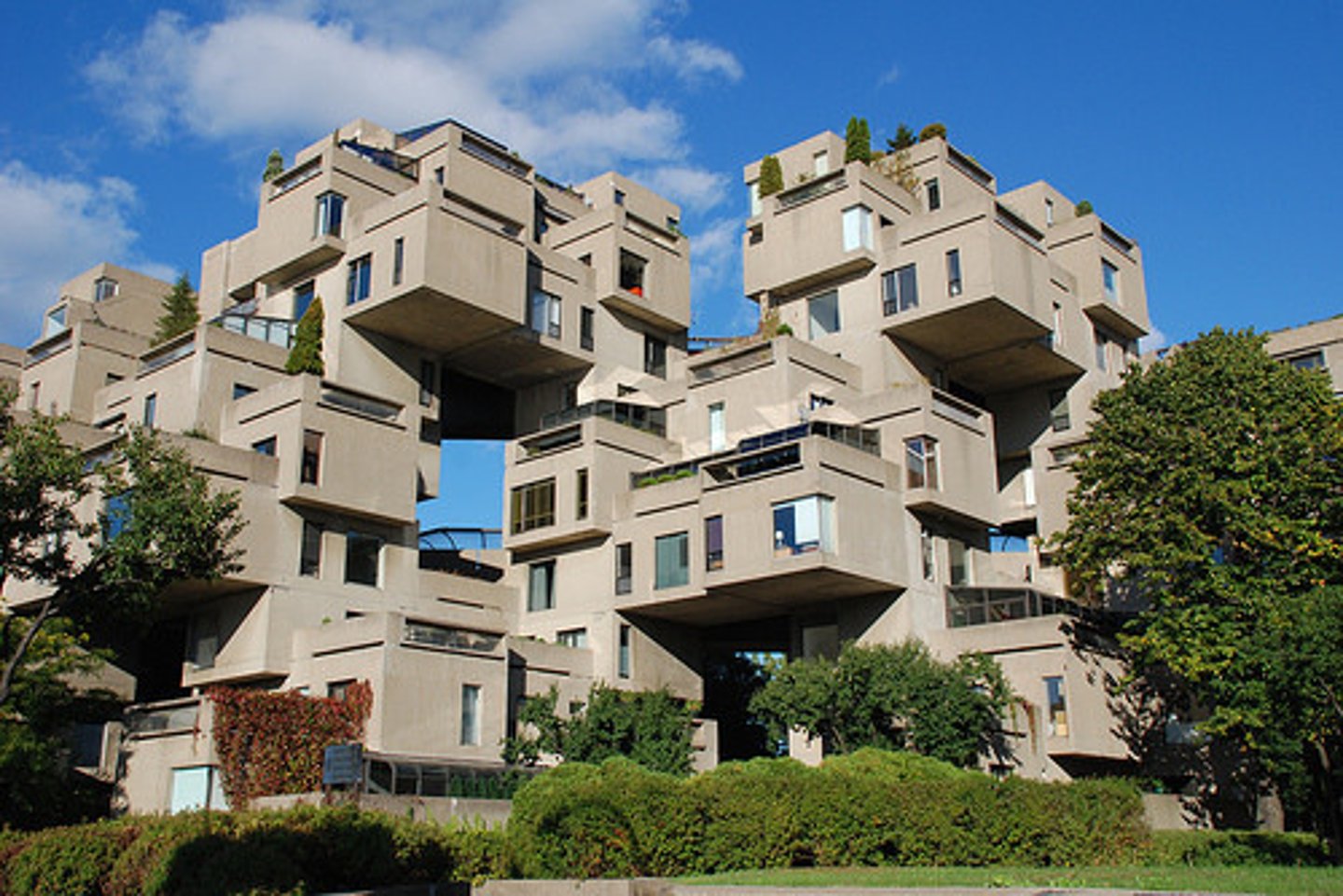
Grid Form
A set of modular forms related and regulated by a three-dimensional grid.
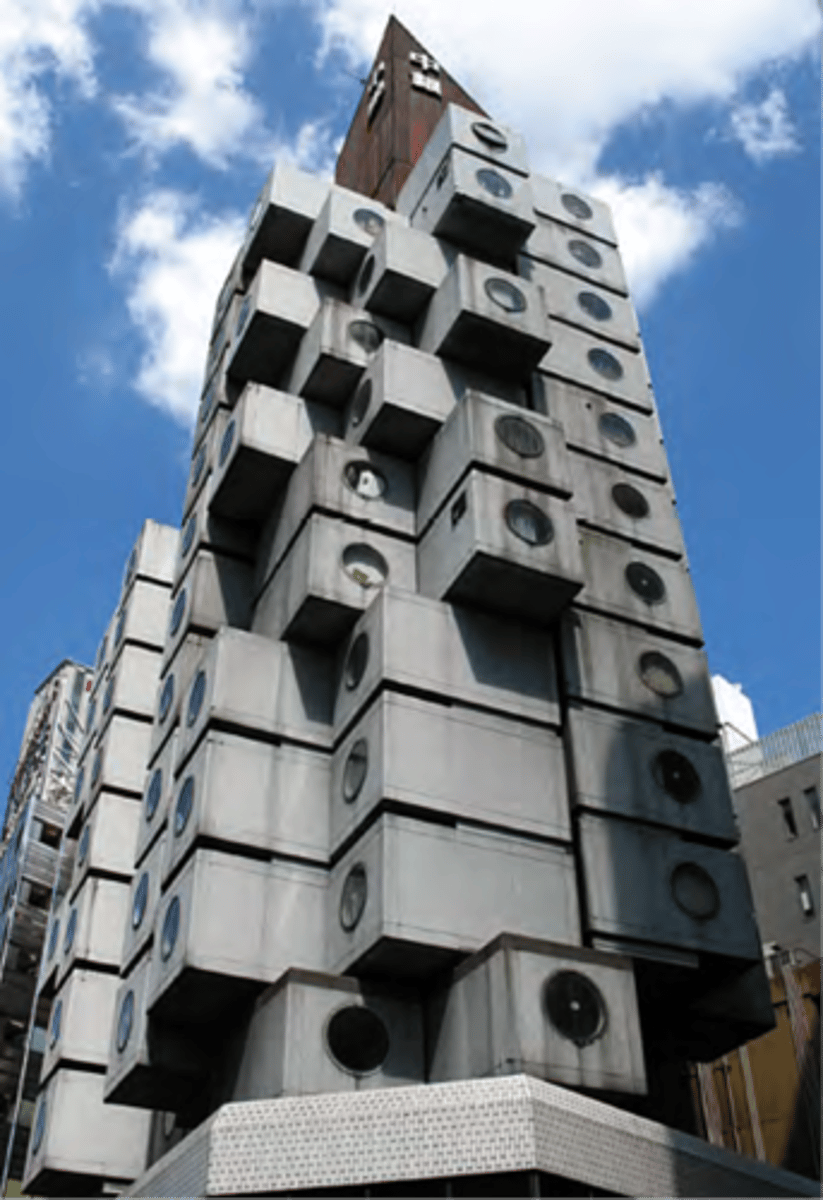
4 Principles of Organization.
1. Space within a Space
2. Interlocking Spaces
3. Adjacent Spaces
4. Spaces linked by a Common Space
Axis
A line established by two points in space, about which forms and spaces can be arranged in a regular or irregular manner. An axis must be terminated at both its ends by a significant form or space.
Hierarchy
In most, if not all, architectural compositions, real differences exist among their forms and space, reflecting the degree of importance of these spaces, as well as the functional, formal, and symbolic roles they play in the organization.
Datum
Refers to a line, plane or volume to which other elements in a composition relate.
Rhythm
Refers to any movement characterized by a patterned recurrence of elements or motifs at a regular or irregular intervals.
Approach
The distant view.
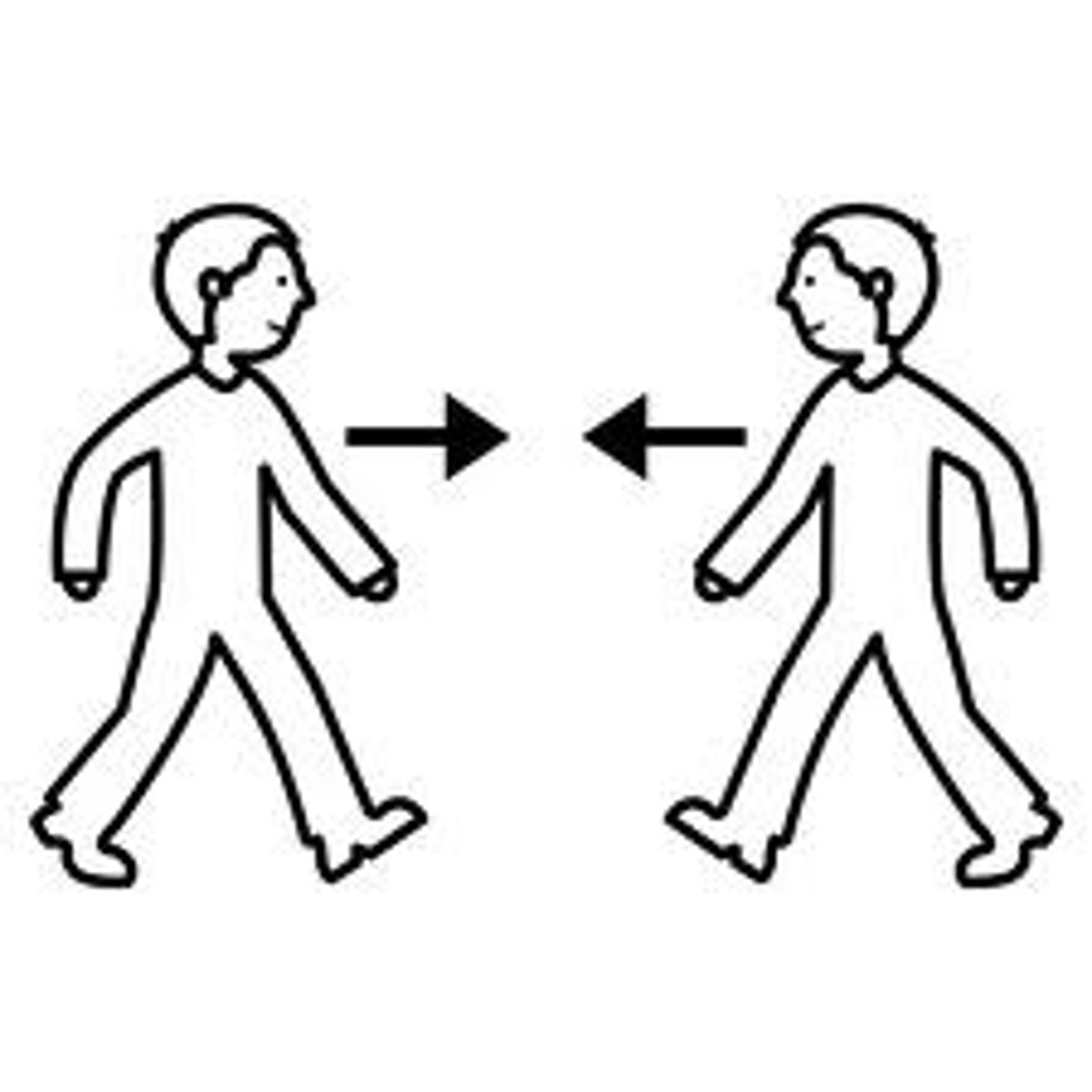
Entrance
From outside to Inside.
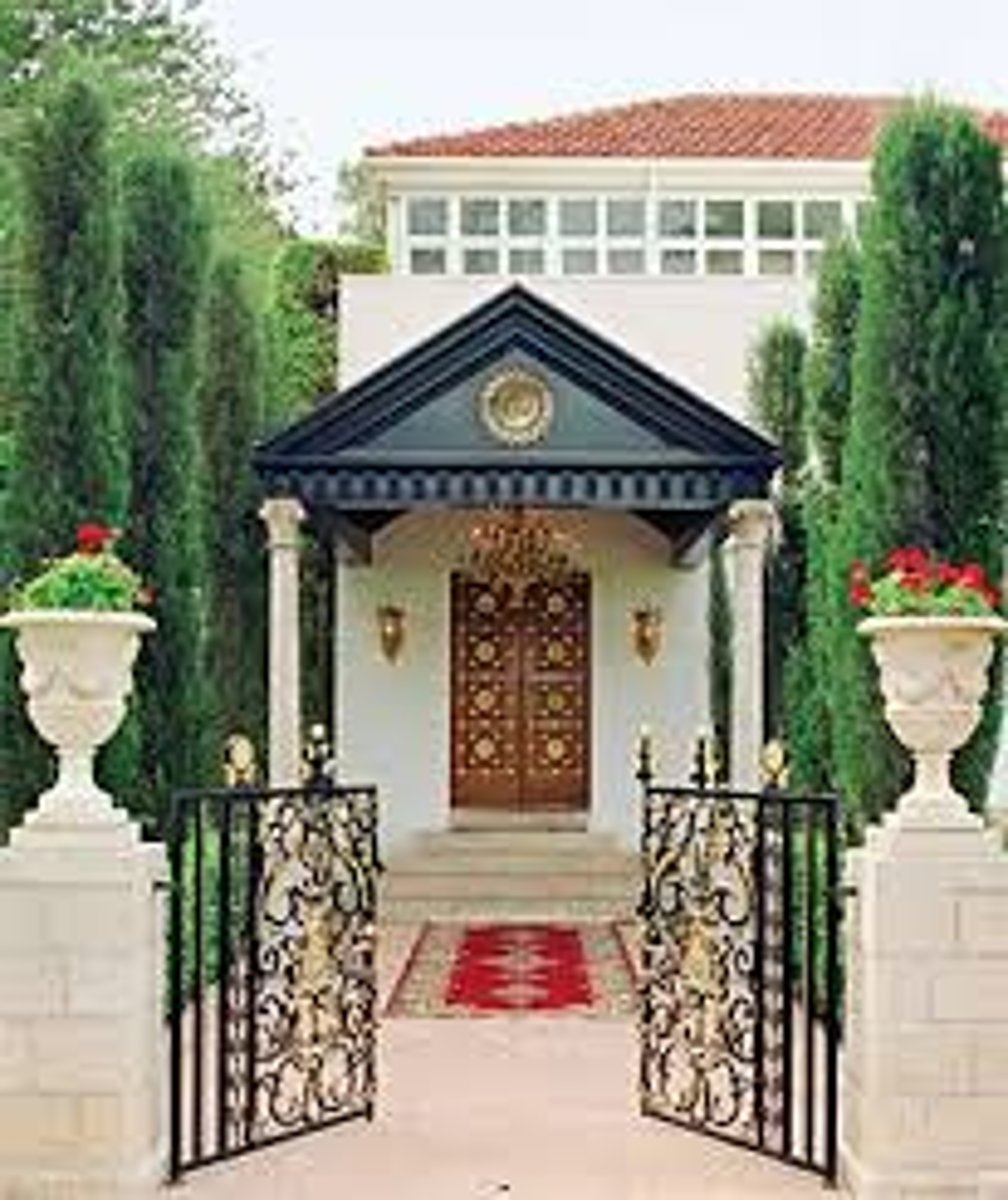
Configuration of the Path
The sequence of spaces.
Path-Space Relationship
Edges, nodes, and terminations of the path.

Form of the Circulation Space
Corridors, halls, galleries, stairways and rooms.

5 Space organizations
1. Centralized
2. Linear
3. Radial
4. Clustered
5. Grid
Categories of Proportion
1. Material
2. Structural
3. Manufactured
Types of proportion
1. Relative and Absolute
2. Arithmetic, Geometric and Harmonic
Theories of Proportion
1. Ken
2. Golden Section (0.618)
3. Classical Orders
4. Renaissance Theories
5. Modulor
6. Anthropometry
Design Stages
1. Initiation
2. Preparation
3. Proposal-making
4. Evaluation
5. Cycles, Feedback, Iteration
Design Philosophy
A statement of the beliefs, values or viewpoints from which the development of the design solutions take off, They are often formed out of universally held principles and thus become bases for socially desirable design objectives.
Ludwig Mies Van der Rohe
"Less is more."
Aldo Leopold
"Ecology is a harmonious relation to land is more intricate and of more consequence to civilization than the historians of progress seem to realize. Civilization is not, as they often assume, the enslavement of a stable and constant earth. It is a state of mutual and independent cooperation between humans, animals, plants and soils, which may be disrupted at any moment by the failure of any of them.
Doxiadis
A human settlement is made up of five ekistic elements, which are interactive and independent with each other. These are man, nature, shells, networks and society.
De Stijl
Pursuit of social renewal through ideal abstraction; close relationship between architecture and the fine arts; pristine, geometric but more decorative than Bauhaus.
Dutch in origin, its style was one of austere abstractions, law of equilibrium and clarity of art.

Ethnocentrism
Habitual disposition to judge foreign people or groups by the standards and practices of one's own culture or ethnic group.

Critical Regionalism
Factoring in cultural variations and contextual realities.
Eclecticism
Free trade and travel resulted to the mixed style of architecture.
Art Nouveau
No traces of historical style, use of glass and metal.
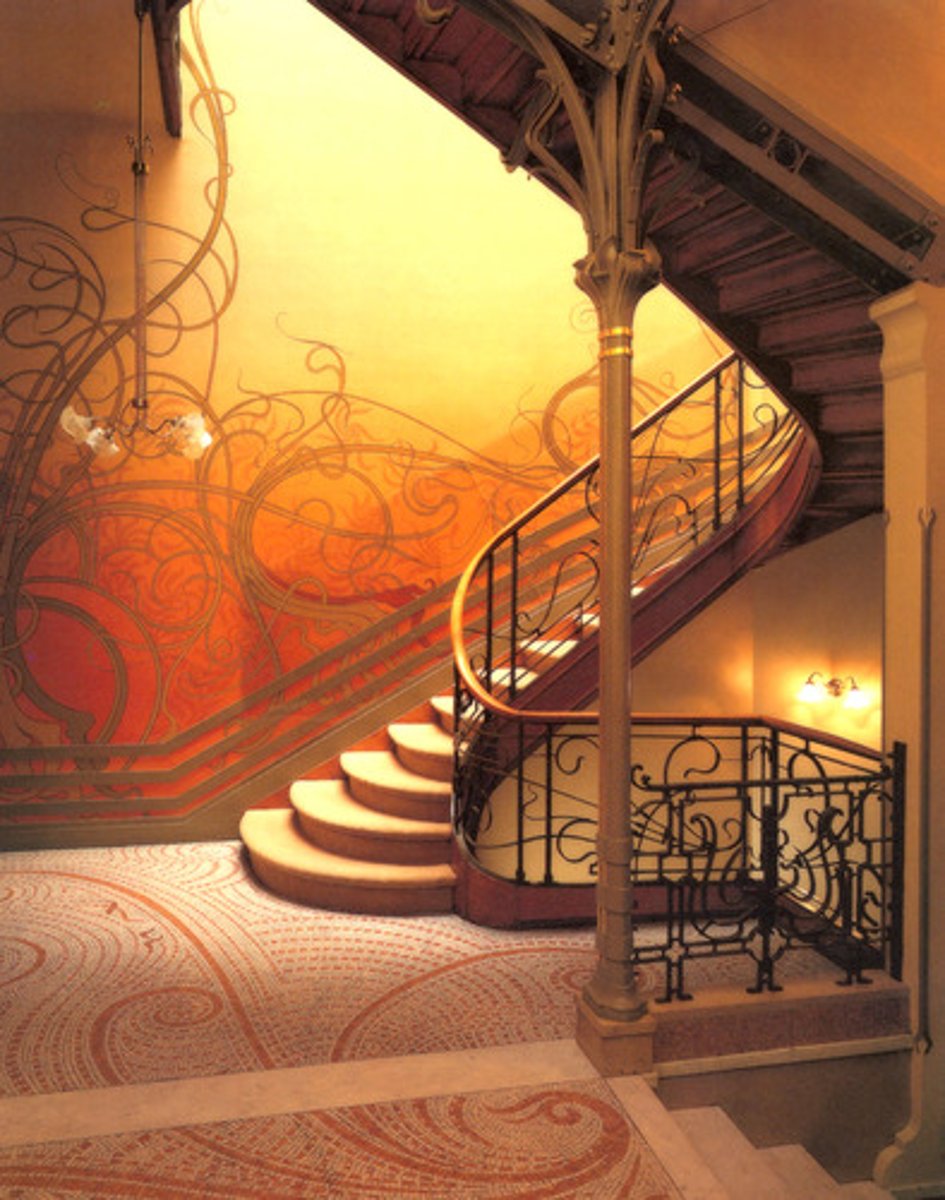
International Style
Transcends culture and nations.
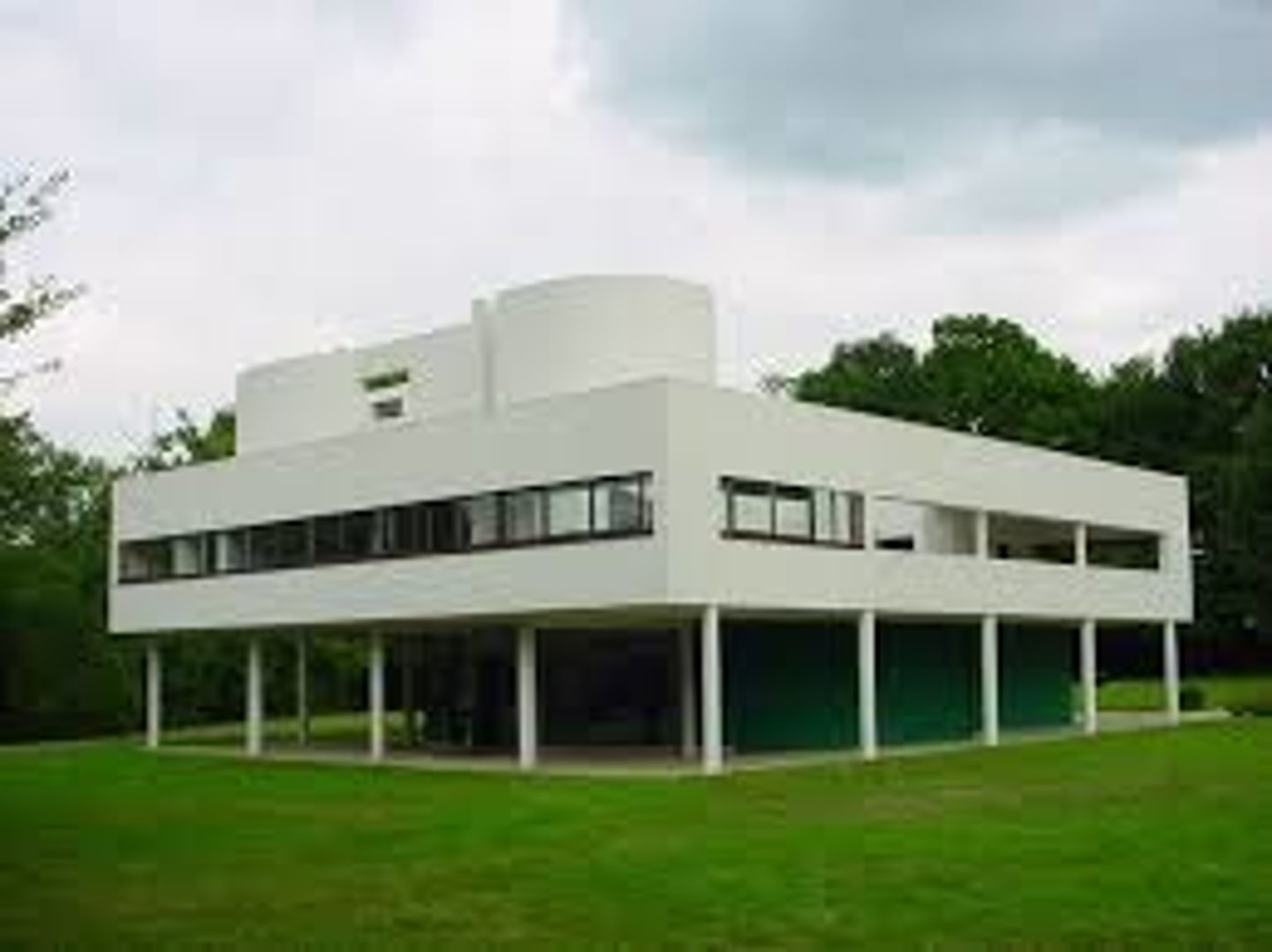
Robert Venturi
Less is Bore / "Complexity and Contradiction in Architecture"
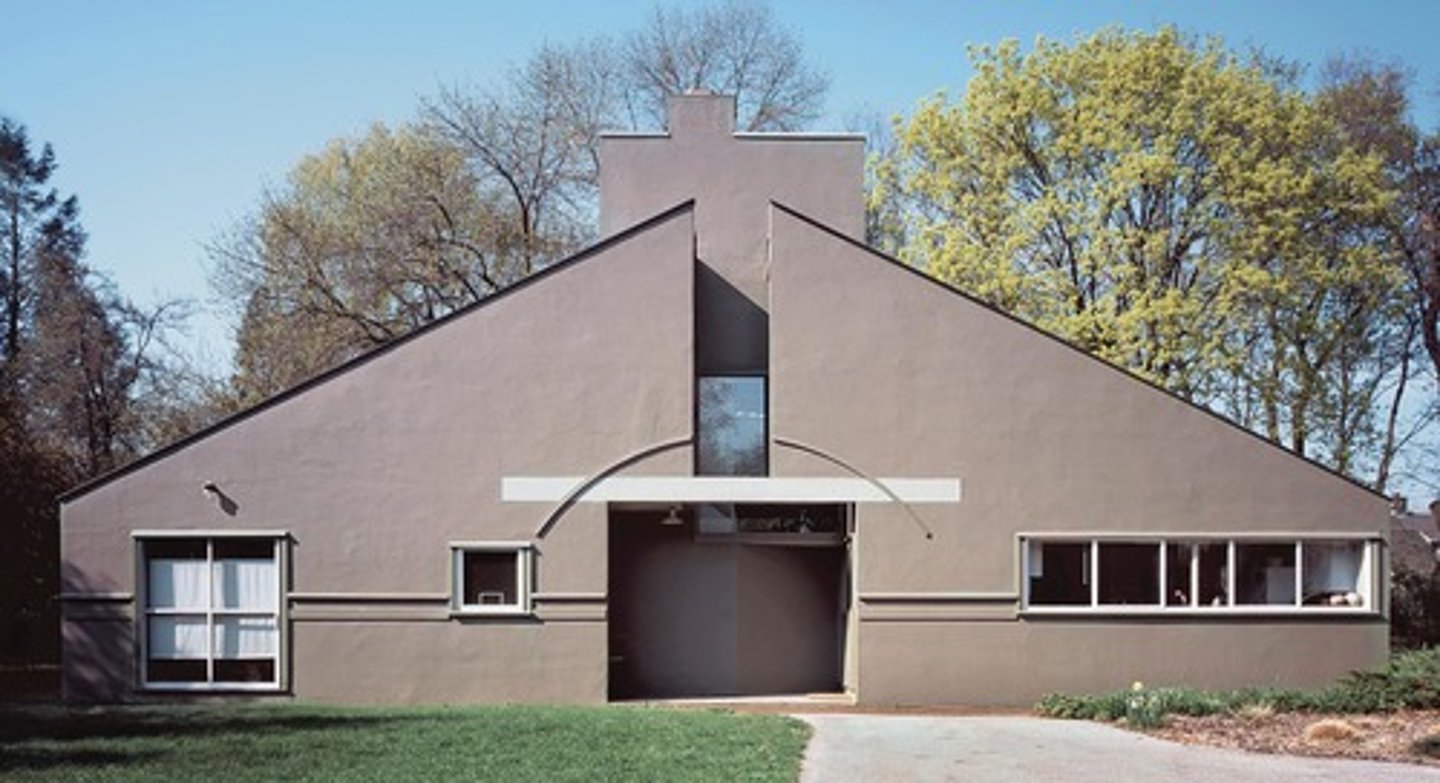
Modernism
Open planning and free of historic detail
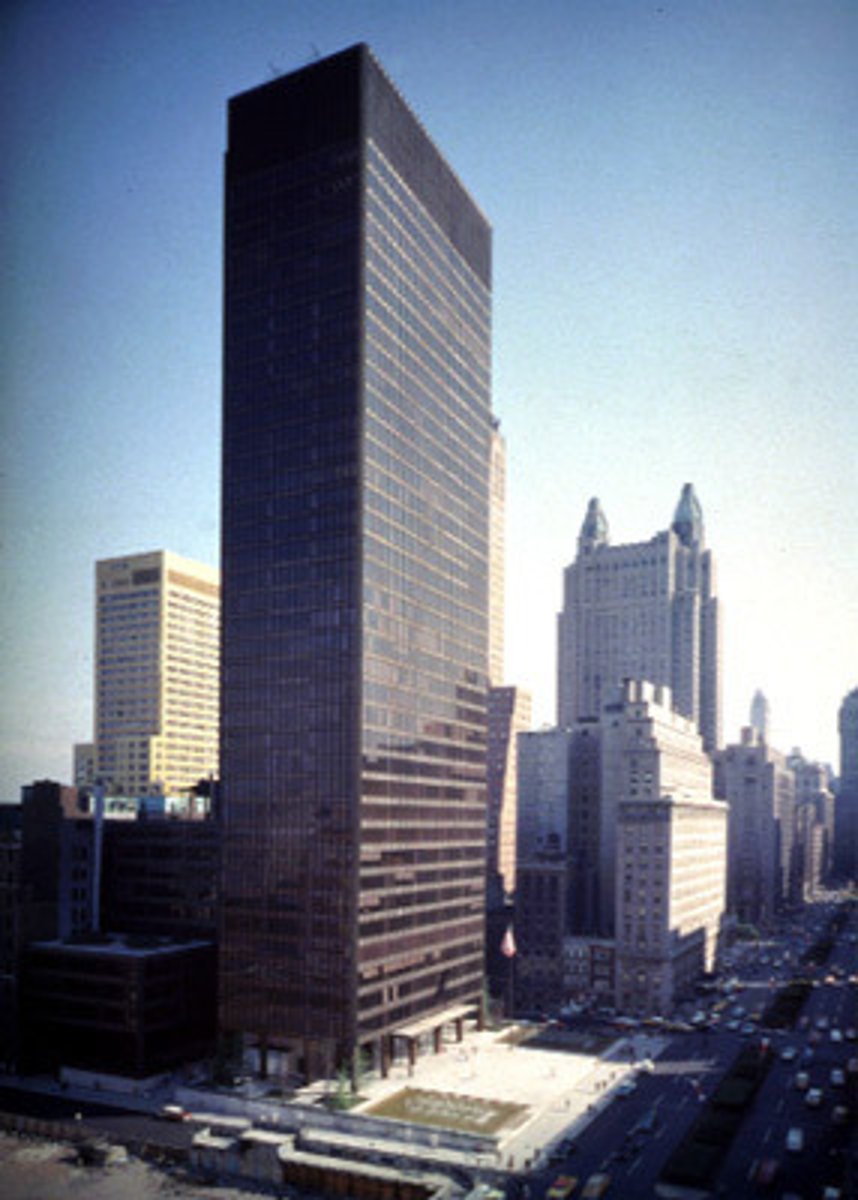
Academism
19th century, also related to Beaux Arts
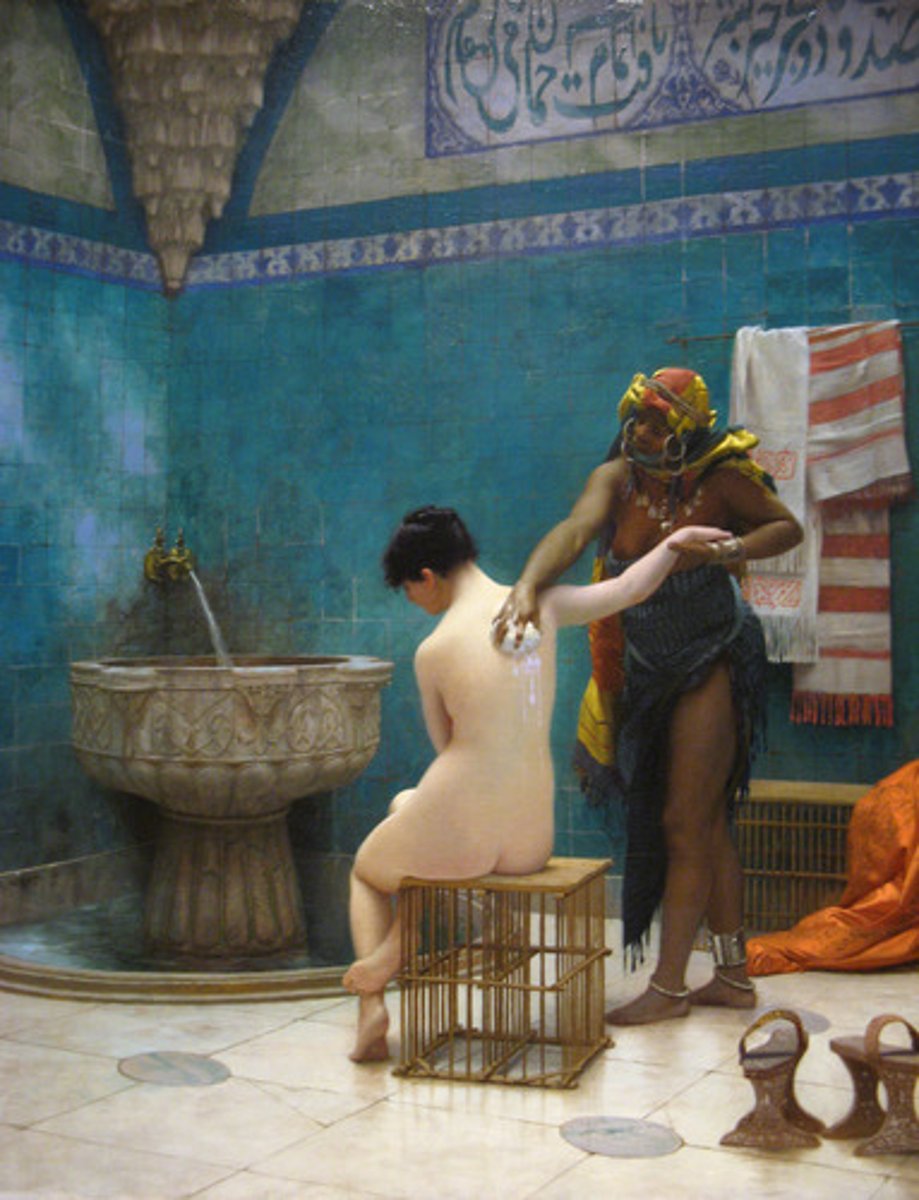
Metabolism
1960's movement in Tokyo about organic architecture.
Revivalism
Revival of the classical Greek and Roman
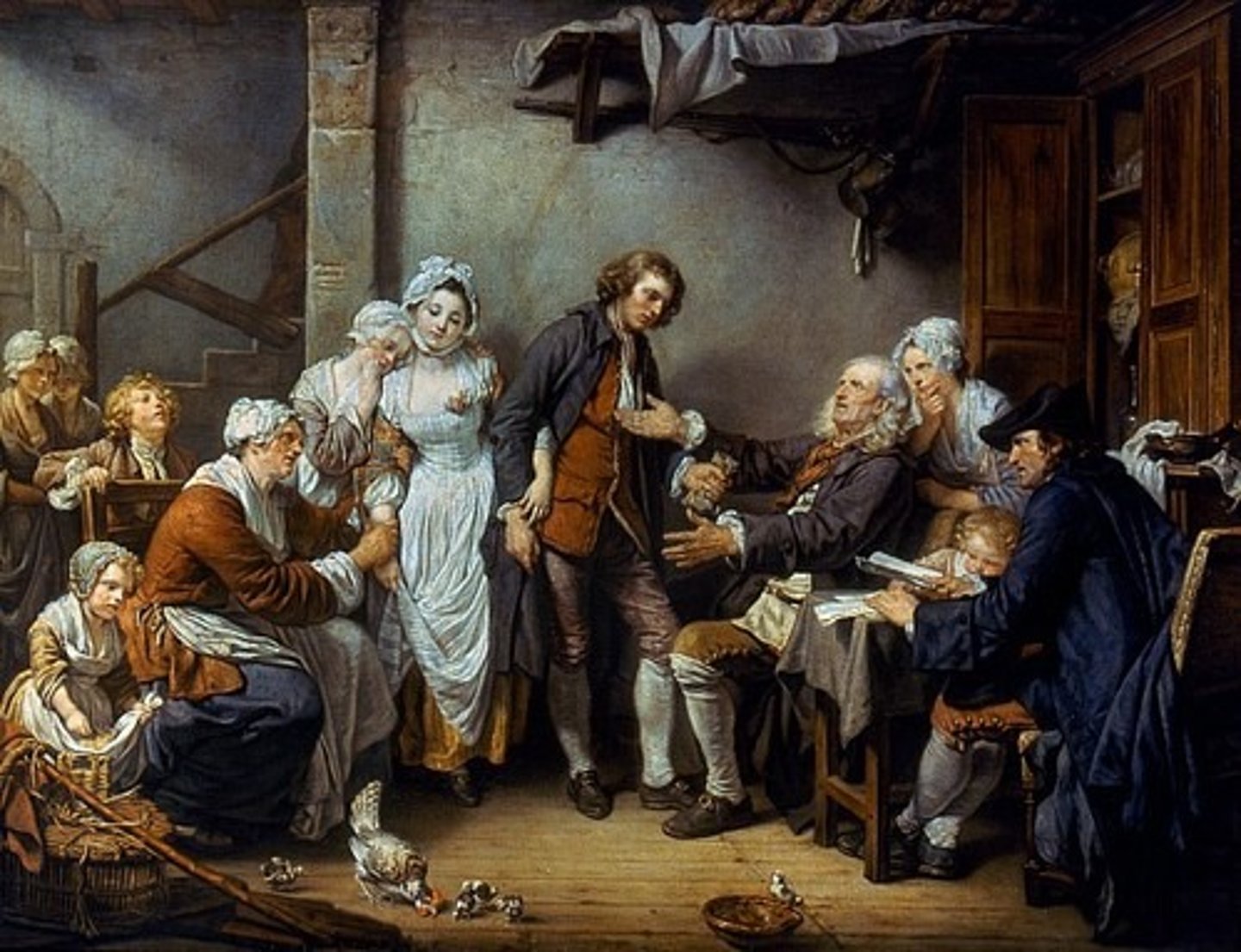
Arts and Crafts Movement
19th century conservative detachment from industrial revolution, proponent of which is William Morris.
Functionalism
Put emphasis on practical resolution of a building's needs; free plan, no dominant facade white walls.
Brutalism
The use of raw concrete appeared to be unfinished.
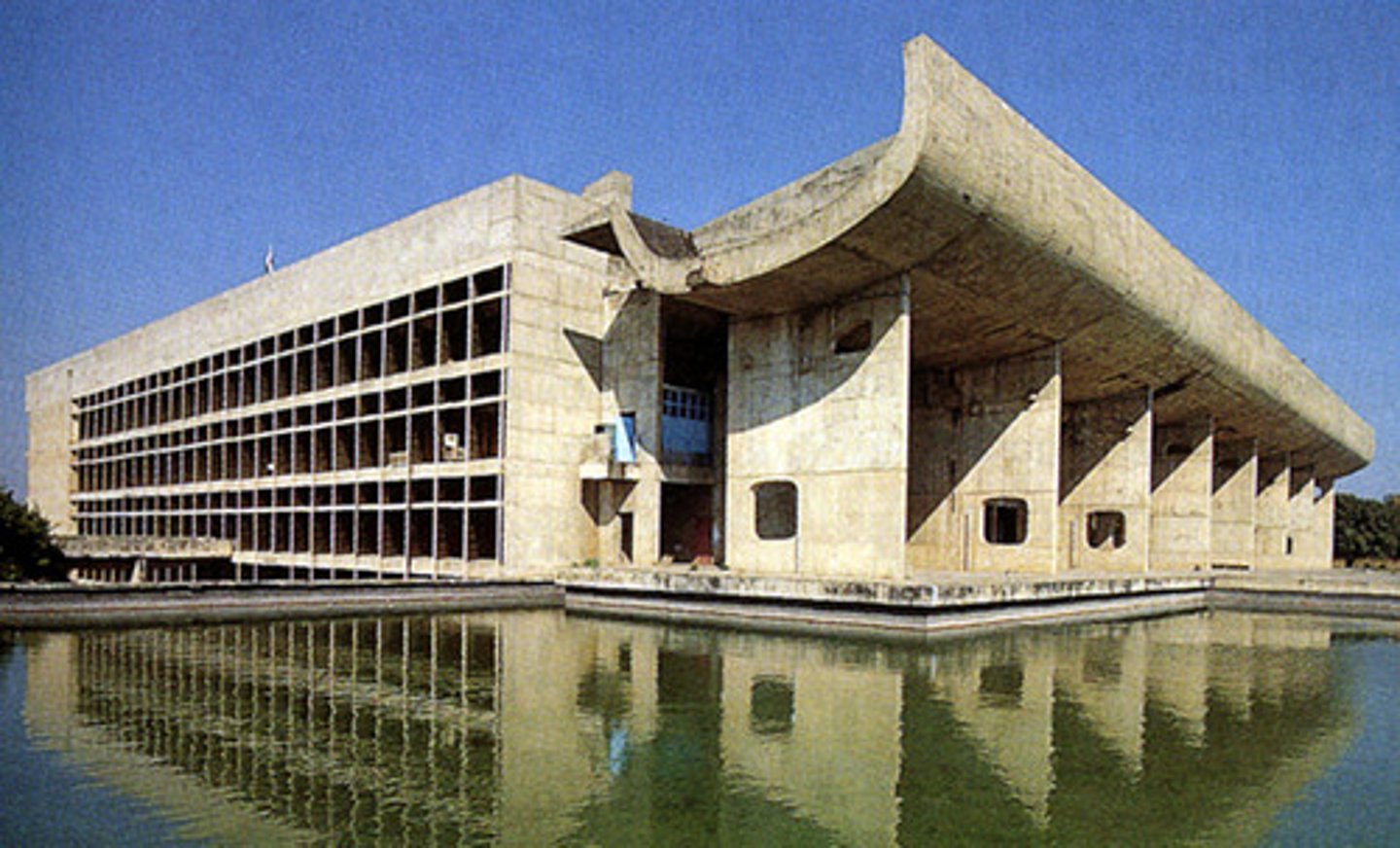
Chinoiserie
The influence of Chinese style in Western architecture.
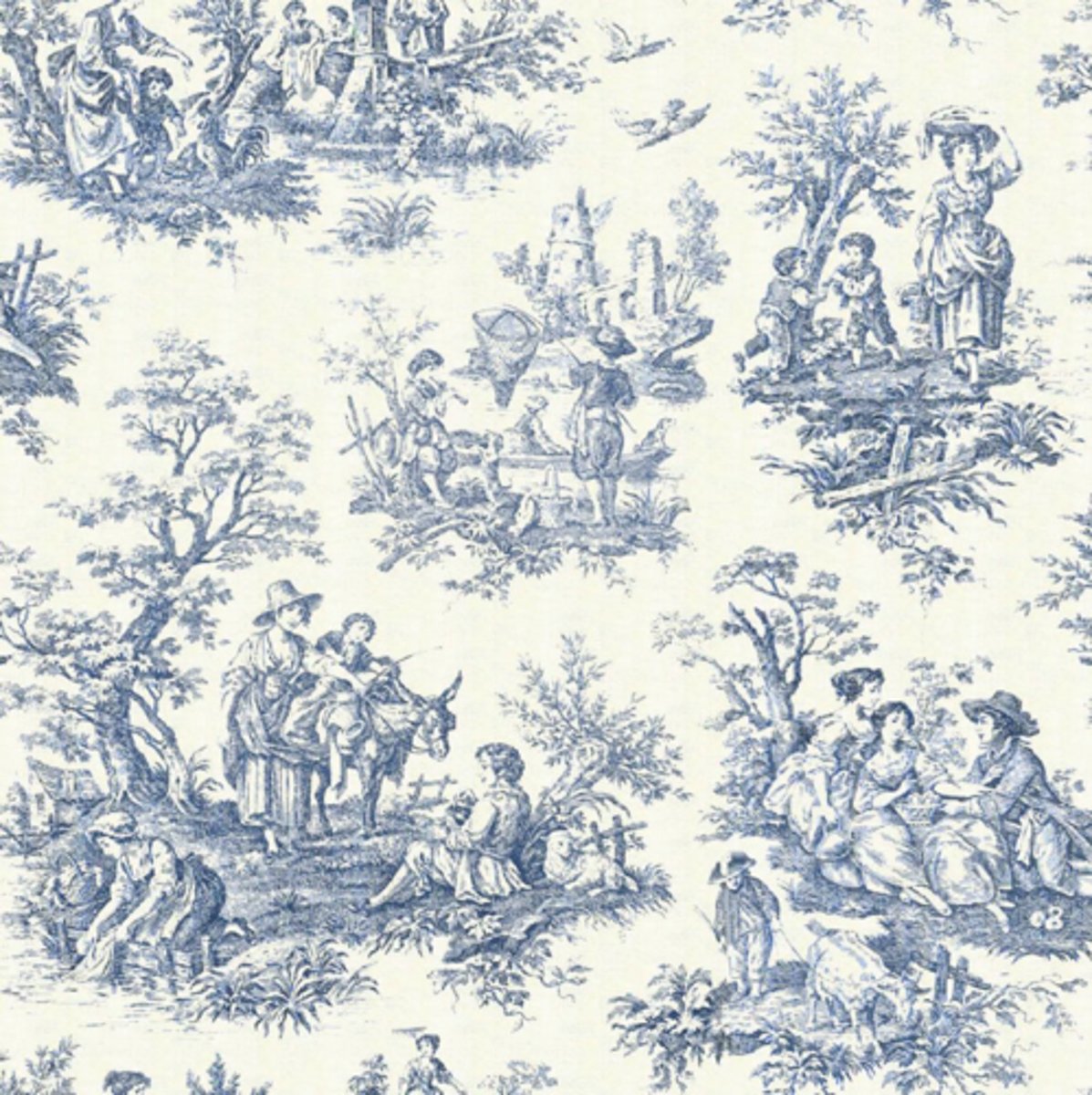
Constructivism
A Russian movement of geometric shapes and use industrial materials
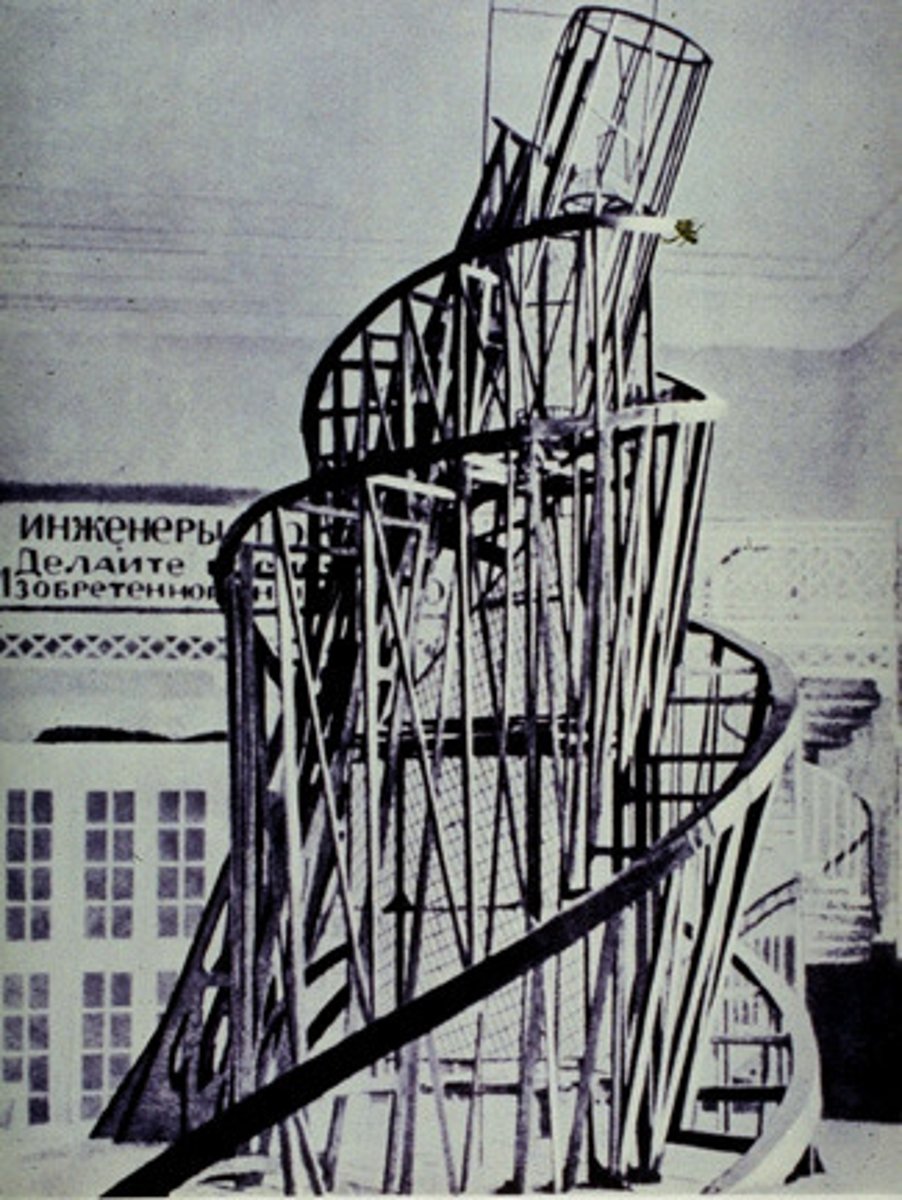
Purism
Simplicity, proponent of which is Le Corbusier
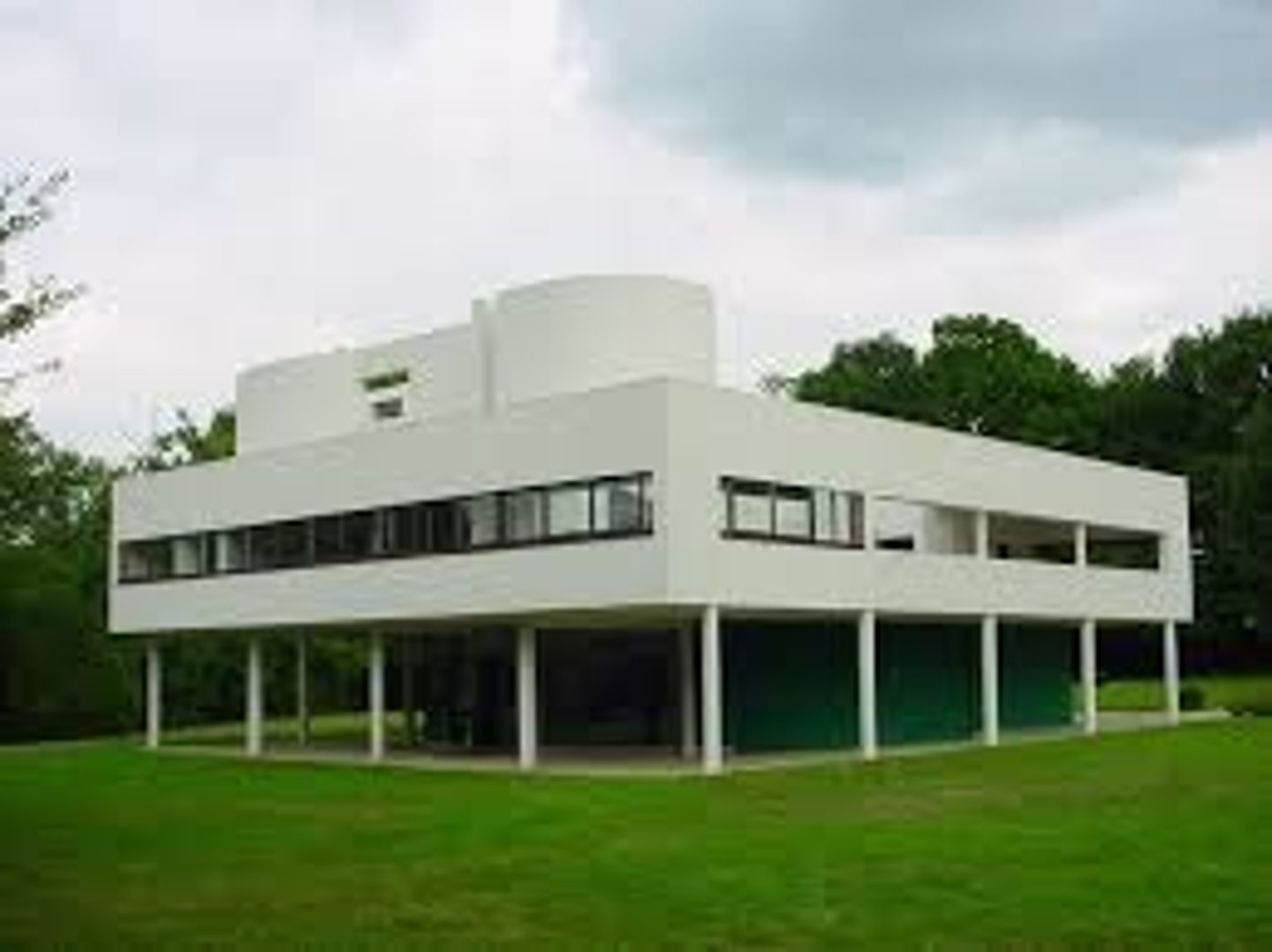
Historicism
Use of past historical styles.
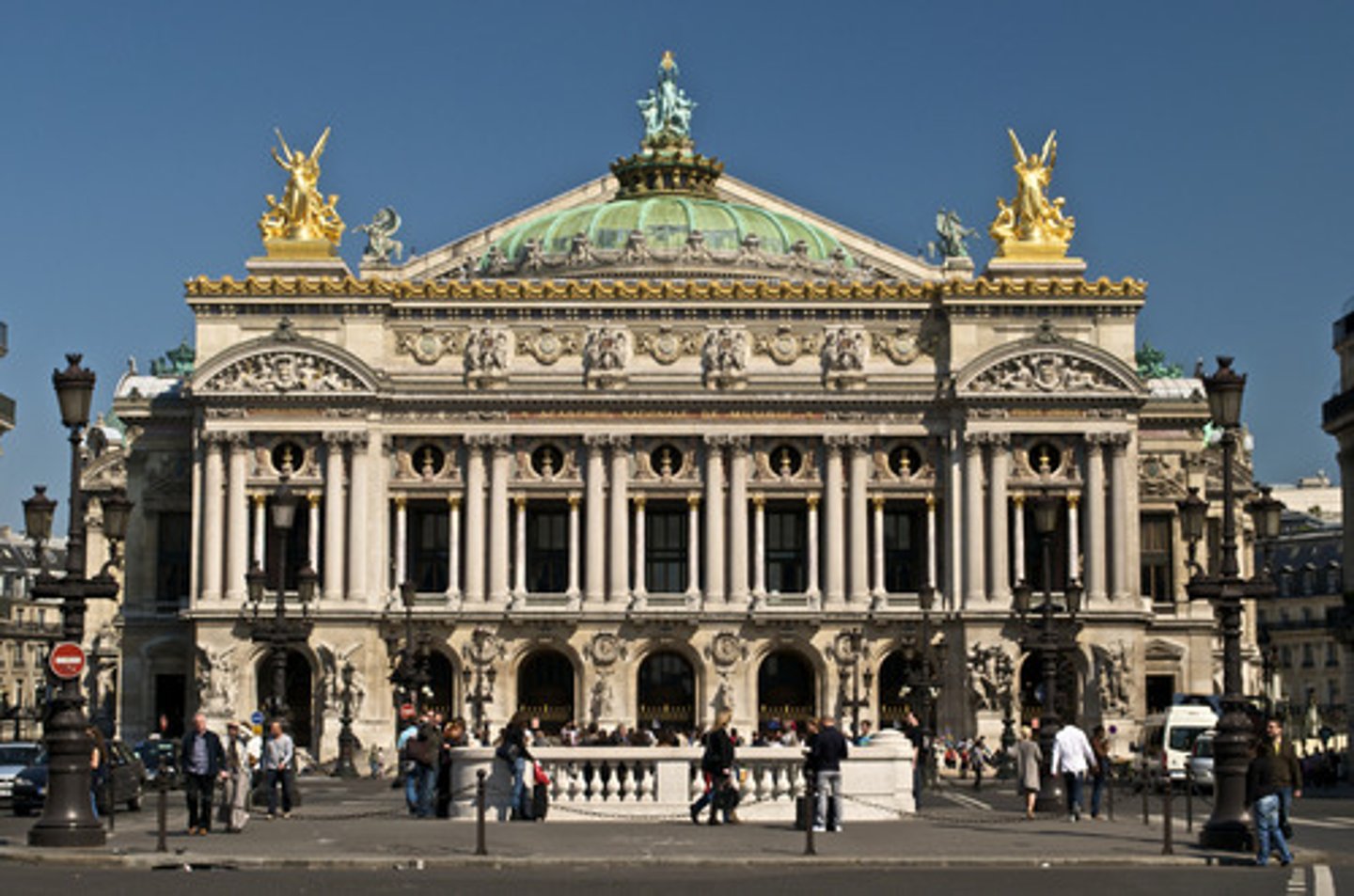
Organic Architecture
Style based on natural growth from the environment.
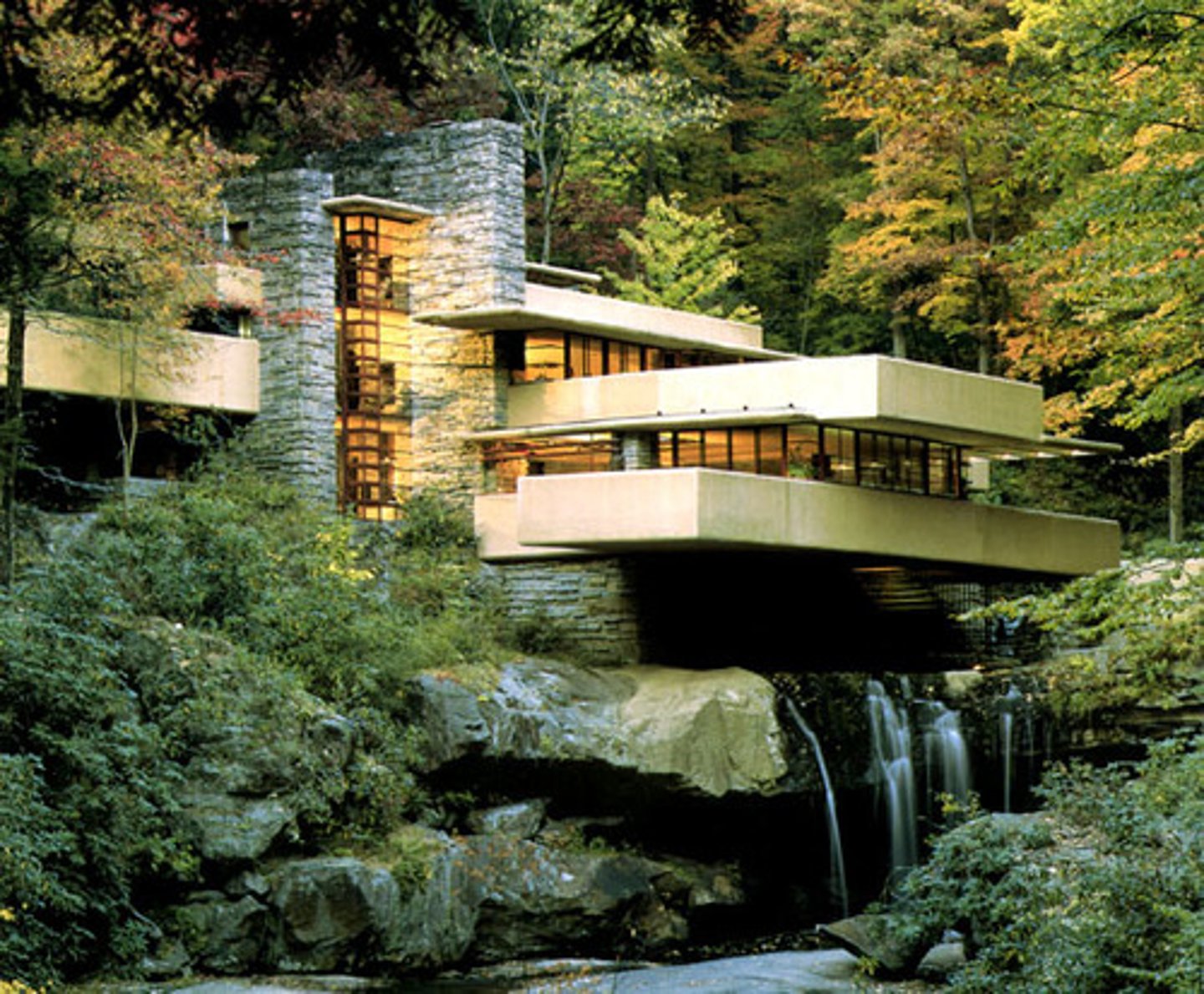
Bauhaus Movement
Rational design where art and technology are united
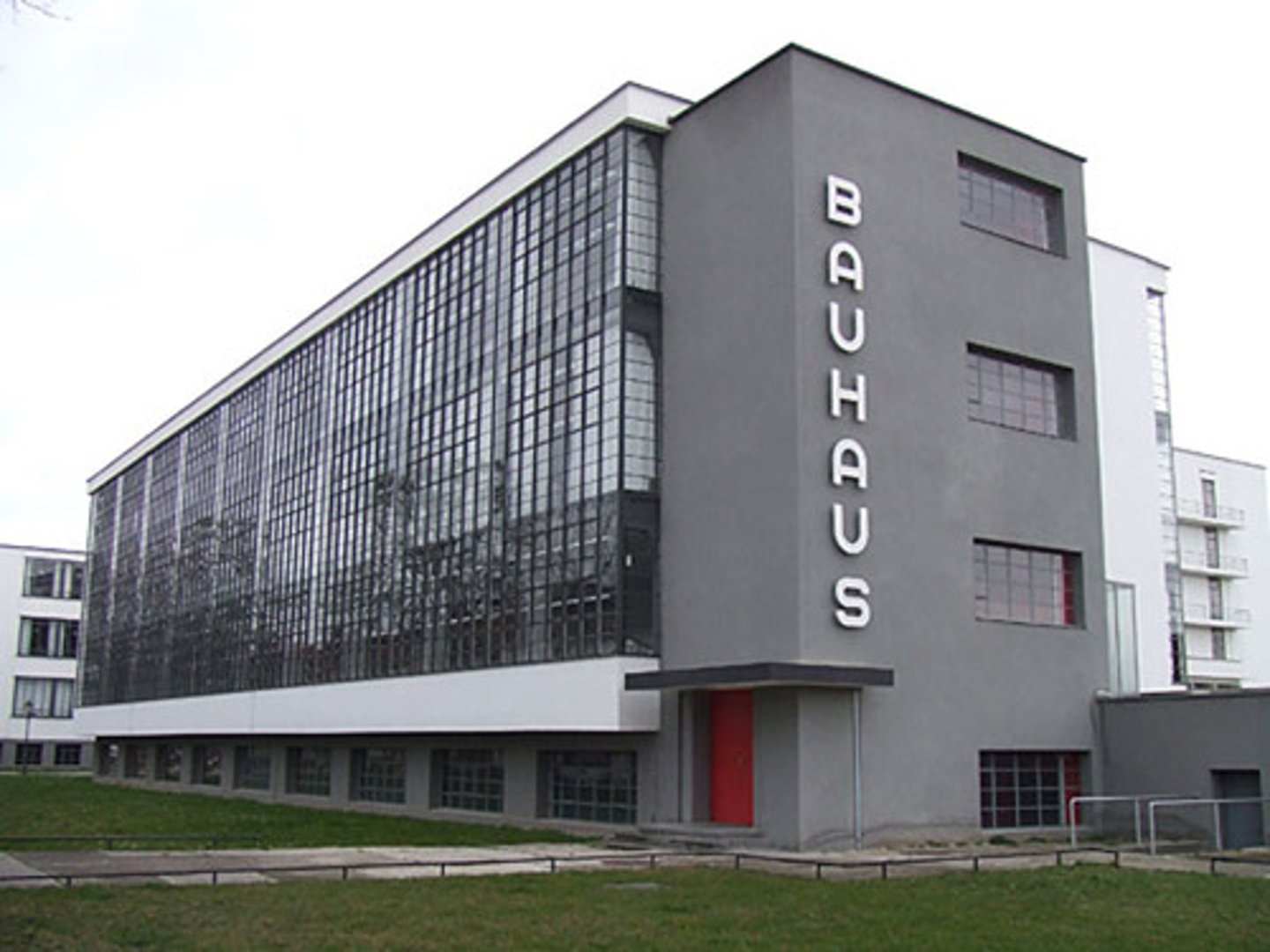
Corporatism
The business of architecture focuses on proficiency of the process and product of architecture.
Deconstructivism
Proponent of which is Jacques Derrida, breaking the norms of a box.
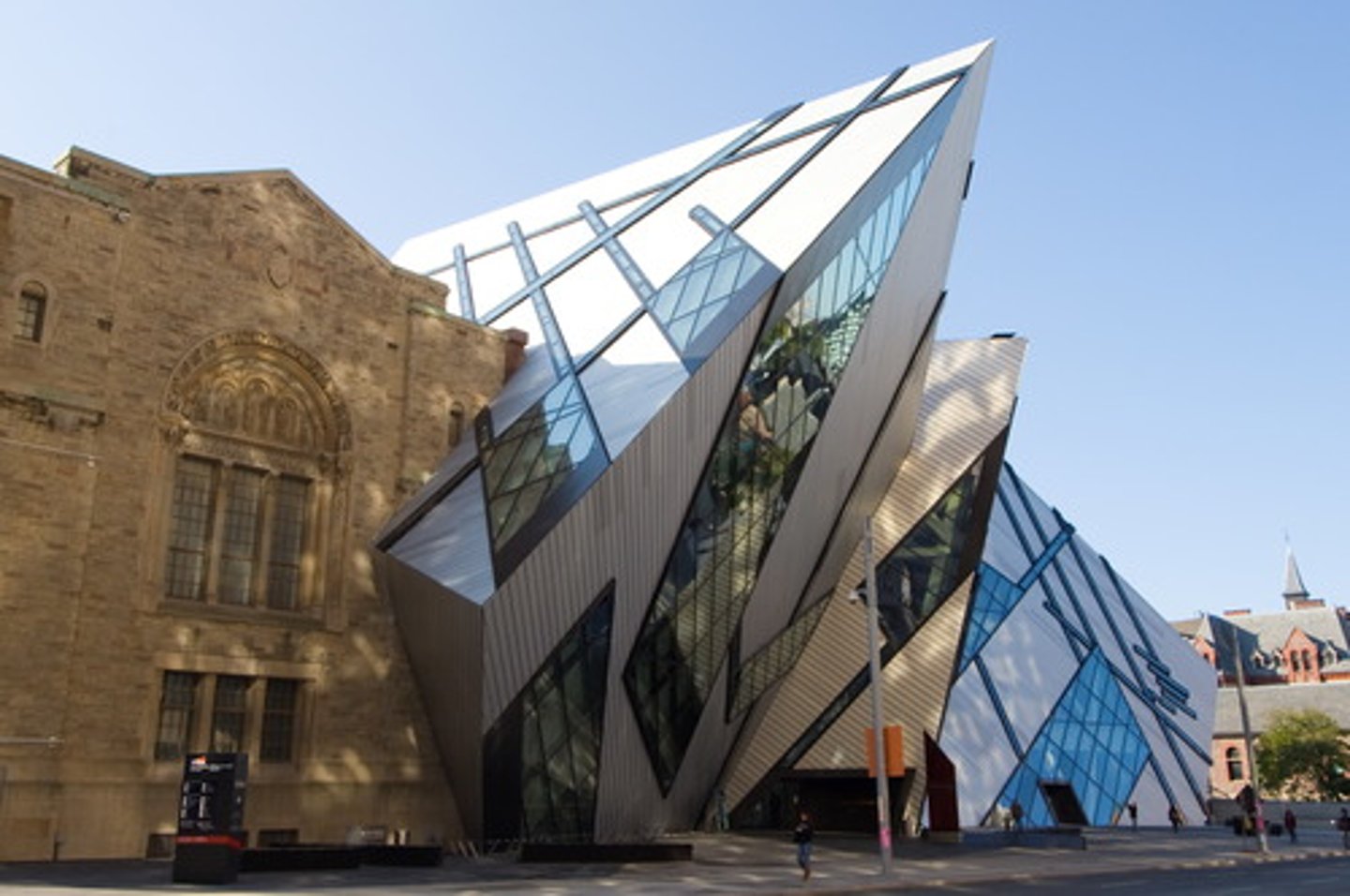
Physiological
Maslow's Hierarchy of Needs:
Breathing, food, water, sex, sleep, homeostasis, excretion
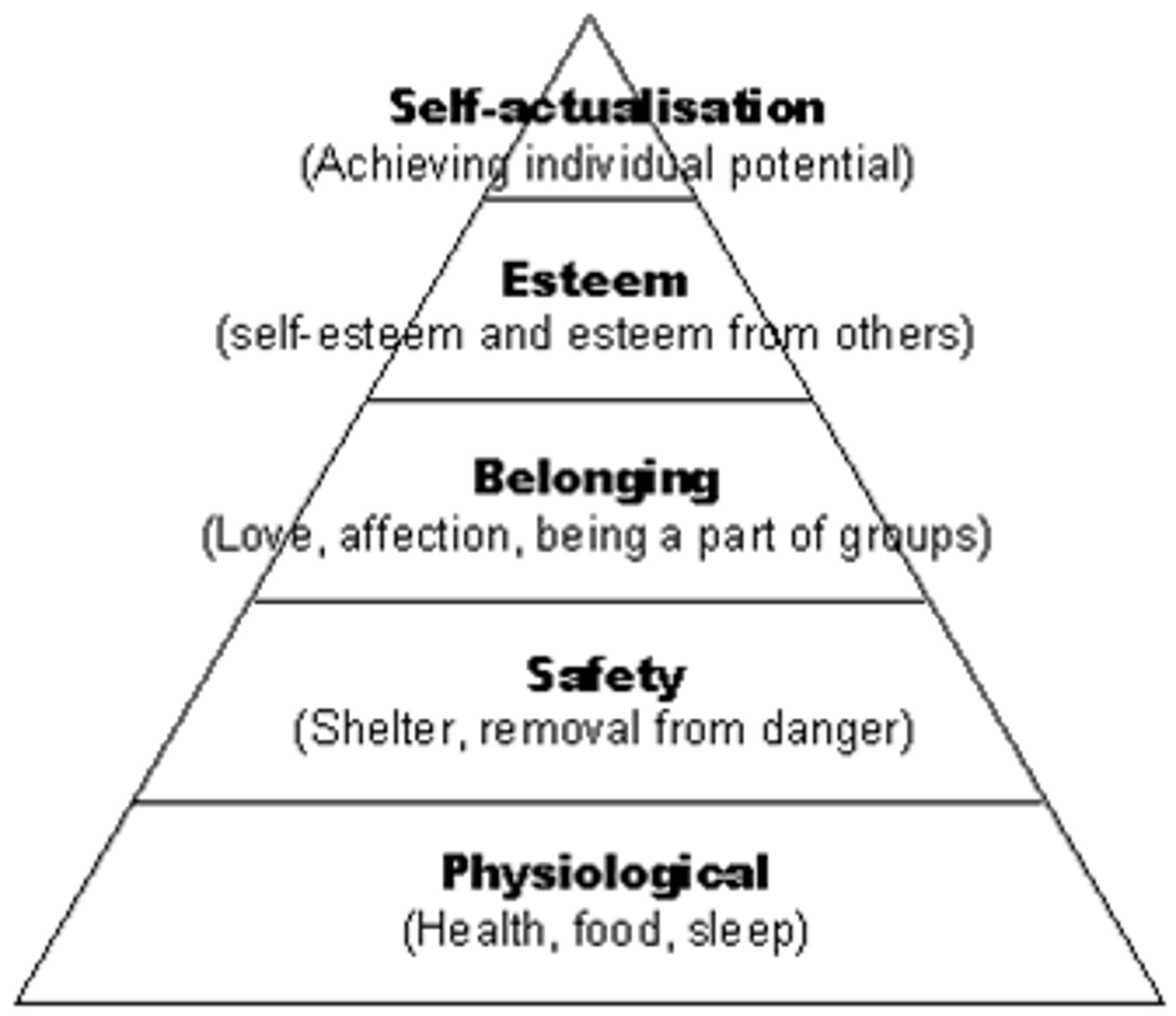
Safety
Maslow's Hierarchy of Needs:
Security of body, of employment, of resources, of morality, of the family, of health, of property.
Love/Belonging
Maslow's Hierarchy of Needs:
Friendship, family, sexual intimacy
Esteem
Maslow's Hierarchy of Needs:
Self-esteem, confidence, achievement, respect of others, respect by others.
Self-actualization
Maslow's Hierarchy of Needs:
Morality, creativity, spontaneity, problem solving, lack of prejudice, acceptance of facts
Persian
Character: Light and Airy Magnificence
Materials: Stone, Brick, Timber
Structures: Palaces elevated on platforms
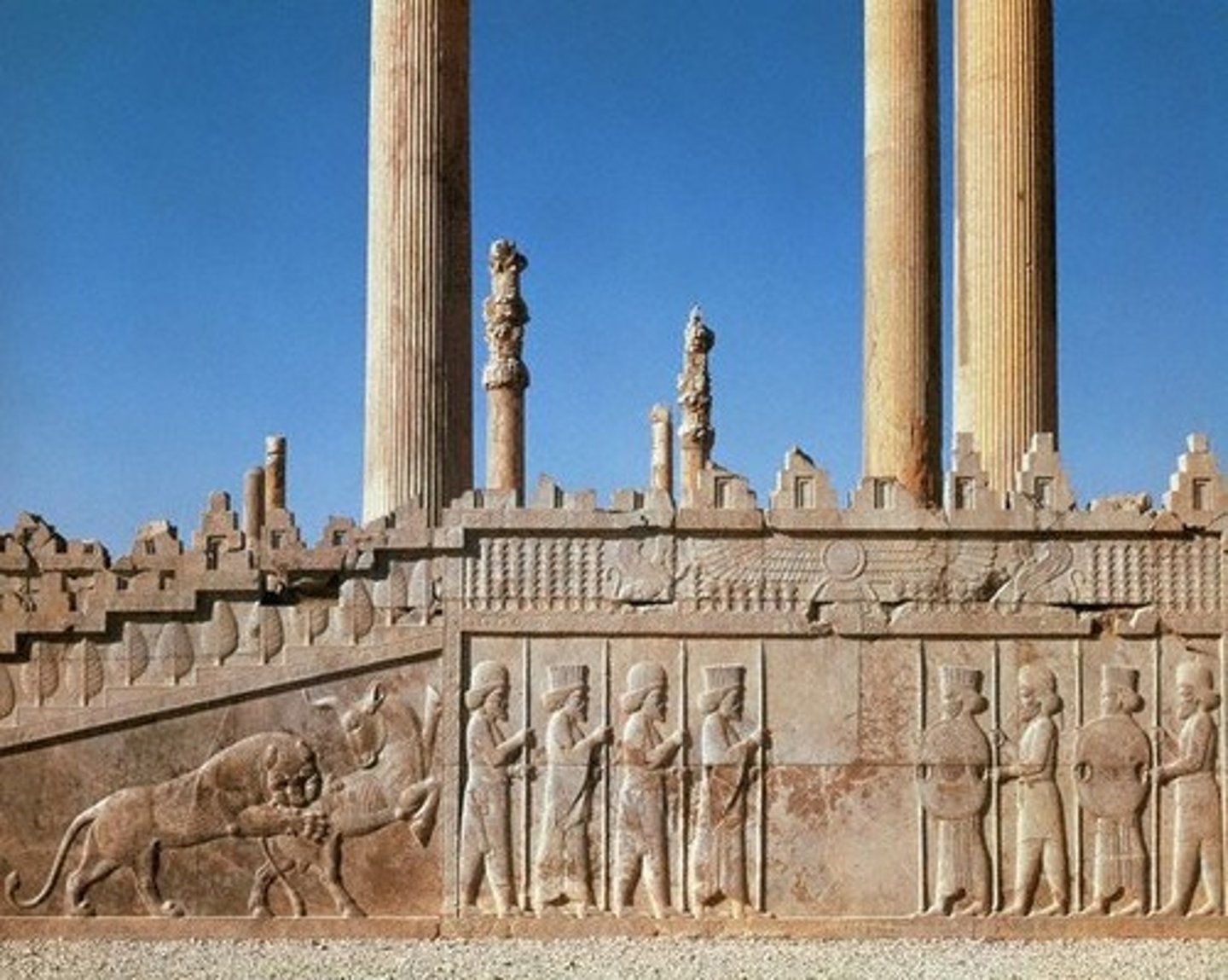
Greek Architecture
Character: Simplicity & Harmony
Purity of Line
Perfection of Proportions
Refinement of Details
Materials: Marble
Structures: Temples
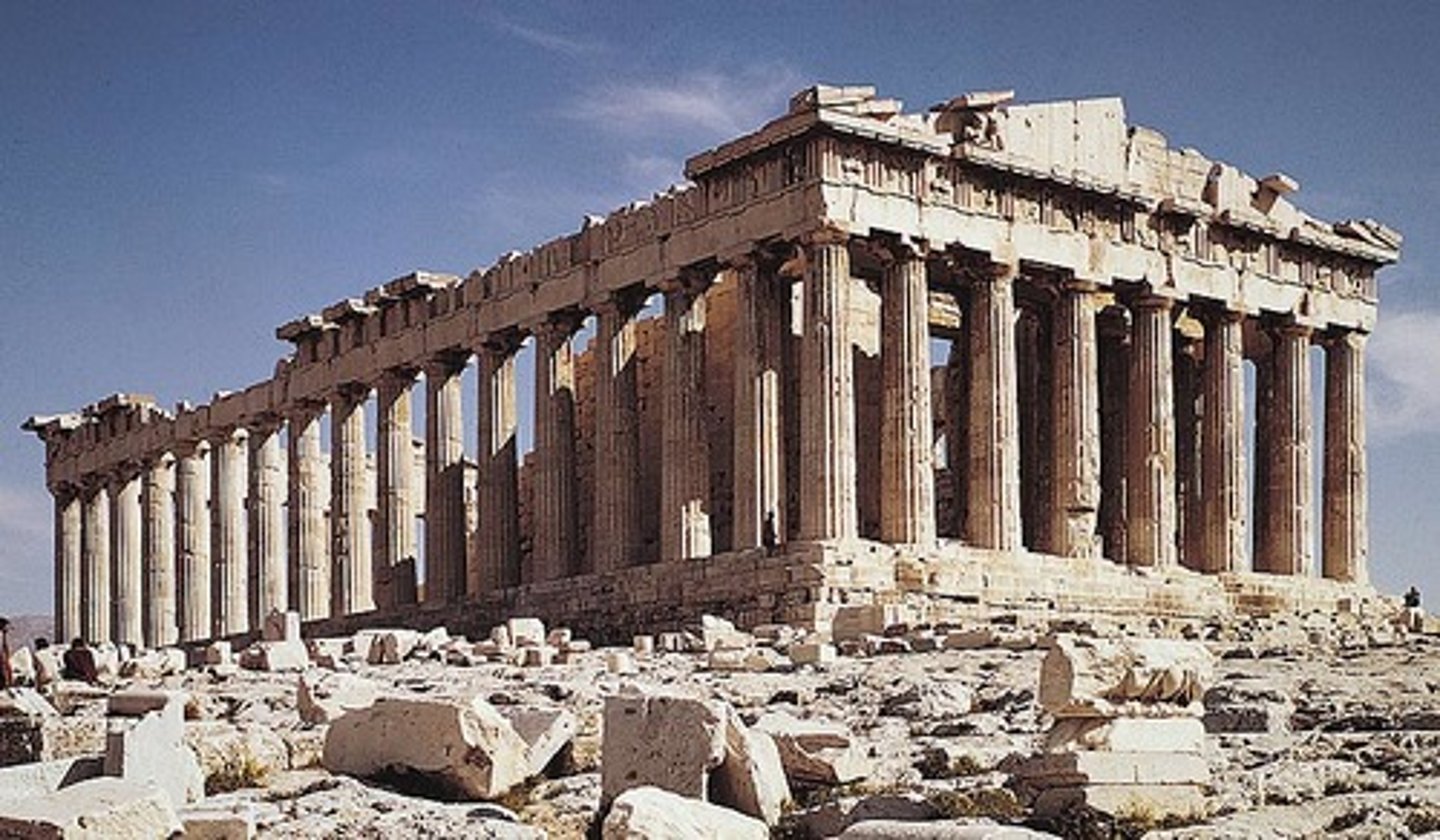
Marcus Vitruvius Pollio
"Firmitas, Utilitas, Venustas"
(Strength, Function, Beauty)
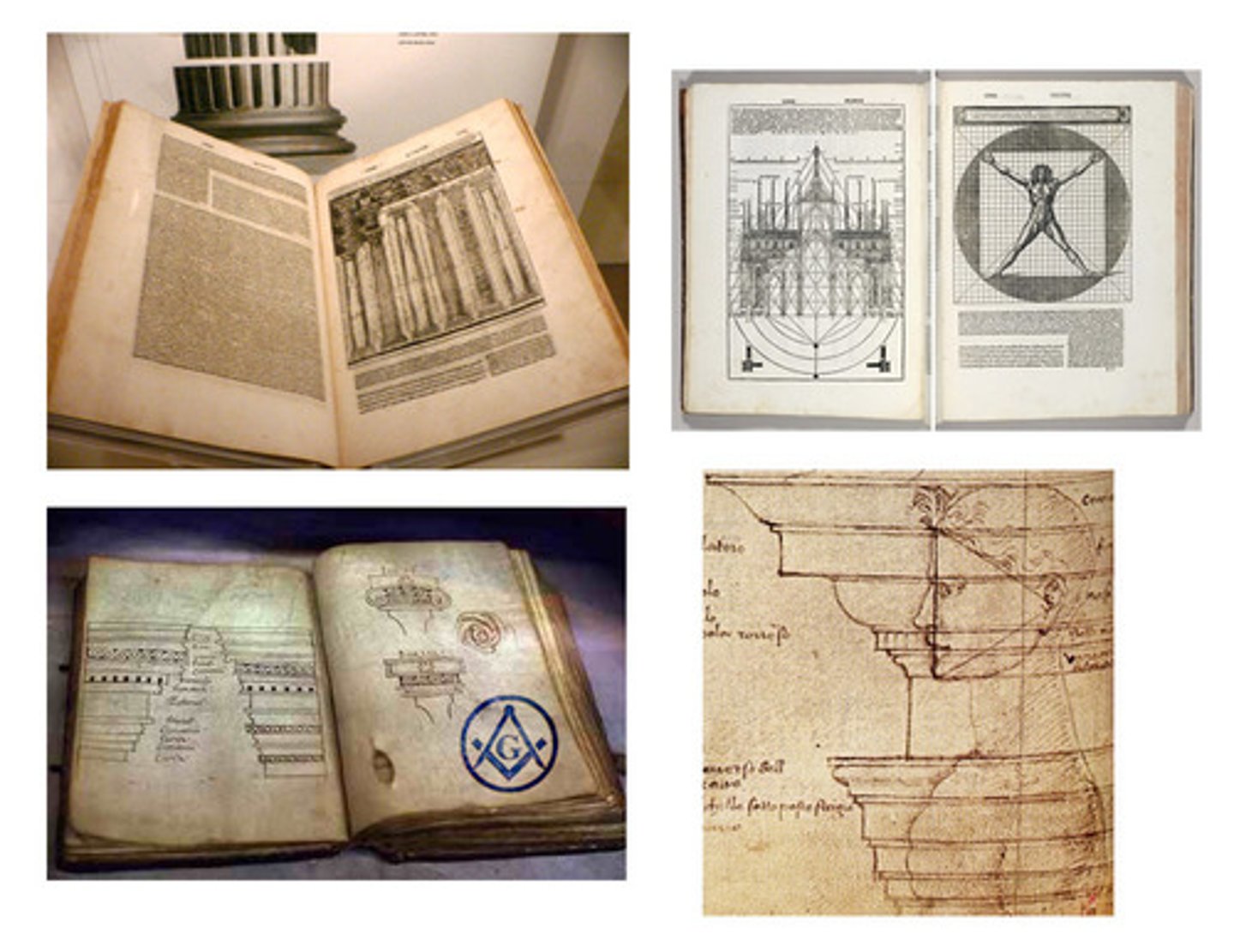
Roman Architecture
Character: Vastness and Magnificence
Ostentation and Ornateness
Materials: Concrete
Structures: Temples, Basilicas, Thermae, Ampitheaters, Utilities
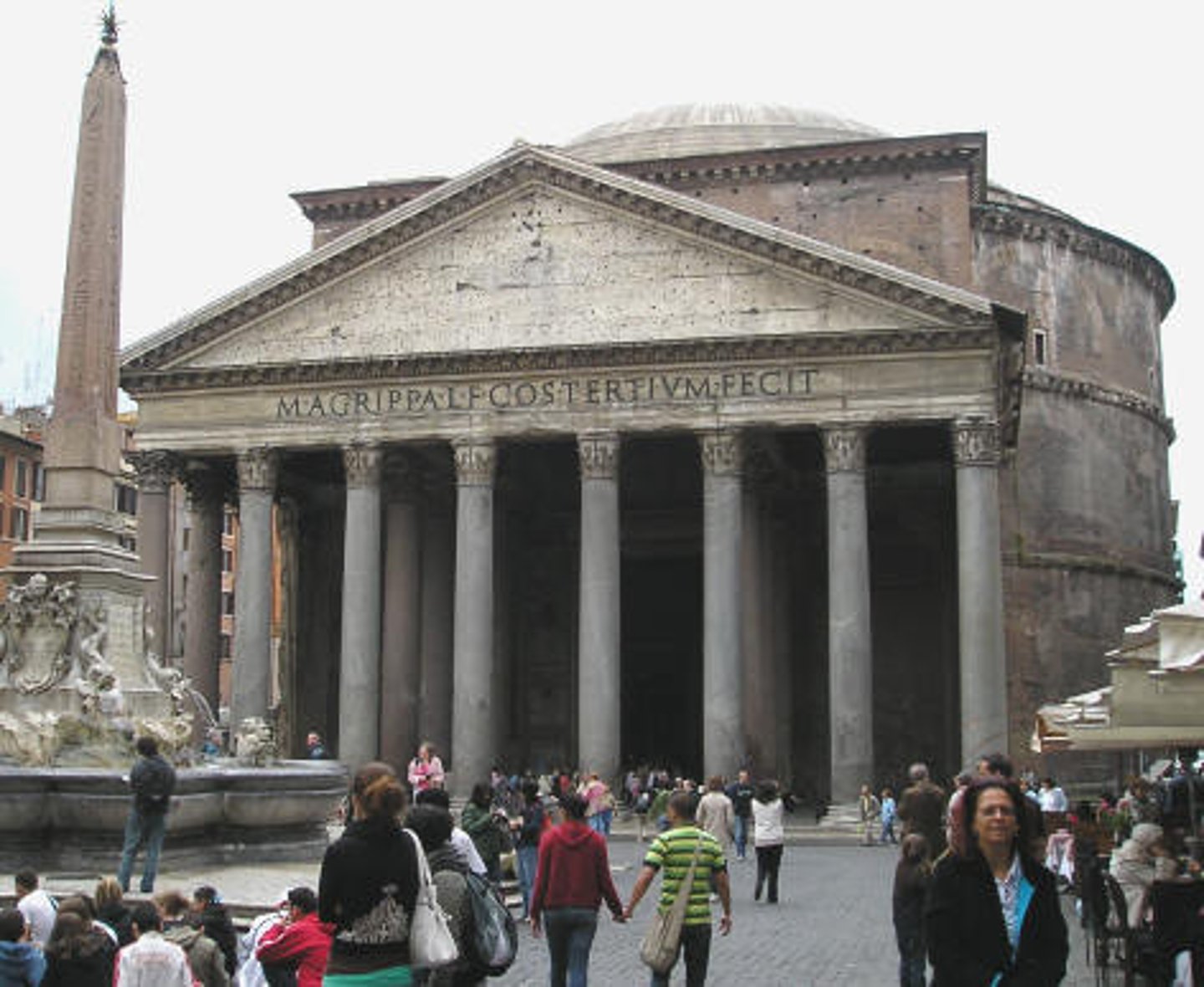
Romanesque Architecture
Character: Sober and Dignified
Materials: Salvaged from Roman Structures, stone, timber, brick(Germany)
Structures: Churches
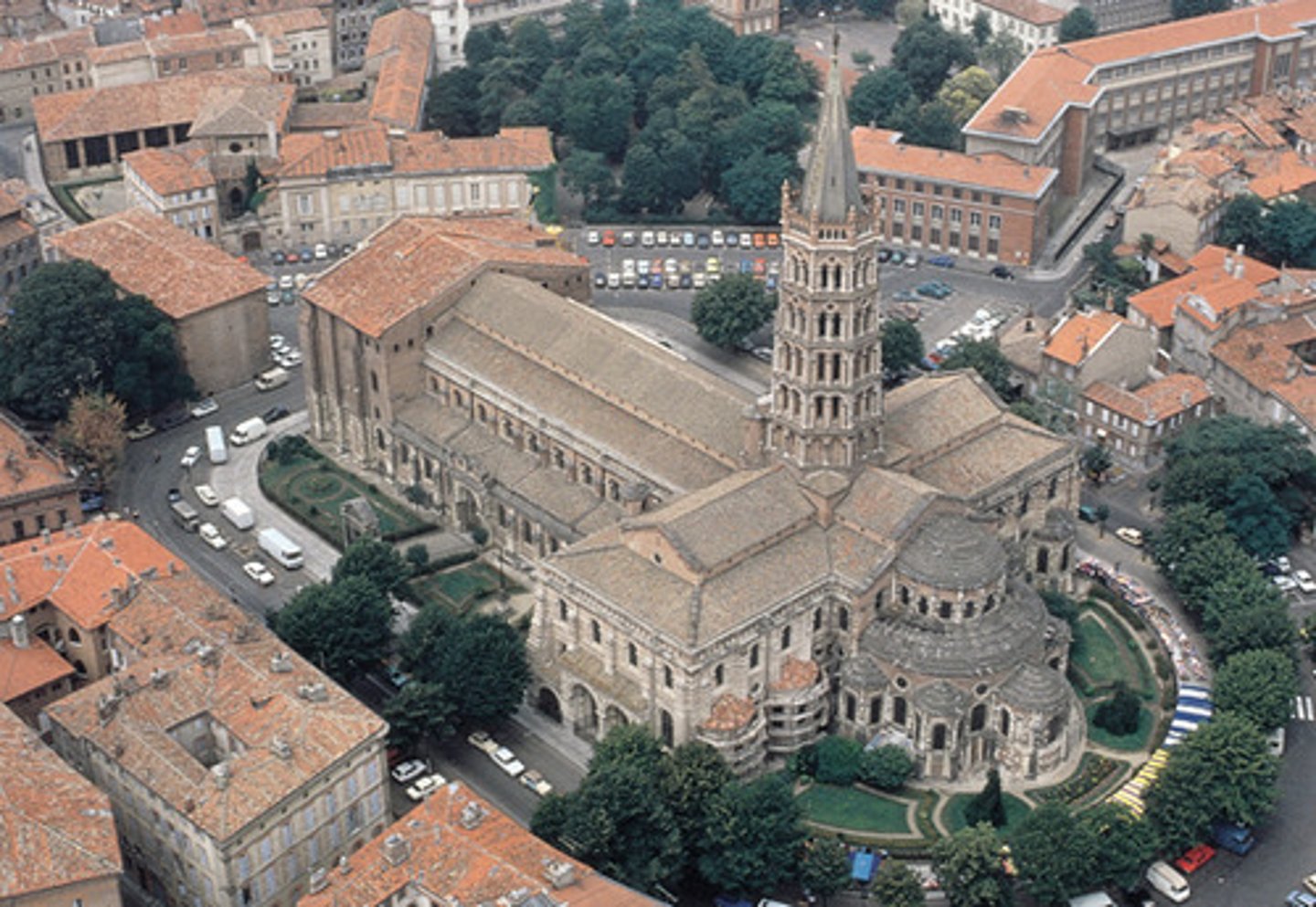
Gothic Architecture
Character: Lofty & Aspiring Quality, Structural Honesty, Economy in Materials
Materials: Stone
Structure: Cathedrals

Renaissance Architecture
Character: Use of classic Roman orders, Dignity & Formality achieved through symmetry
Structures: Churches, Palaces
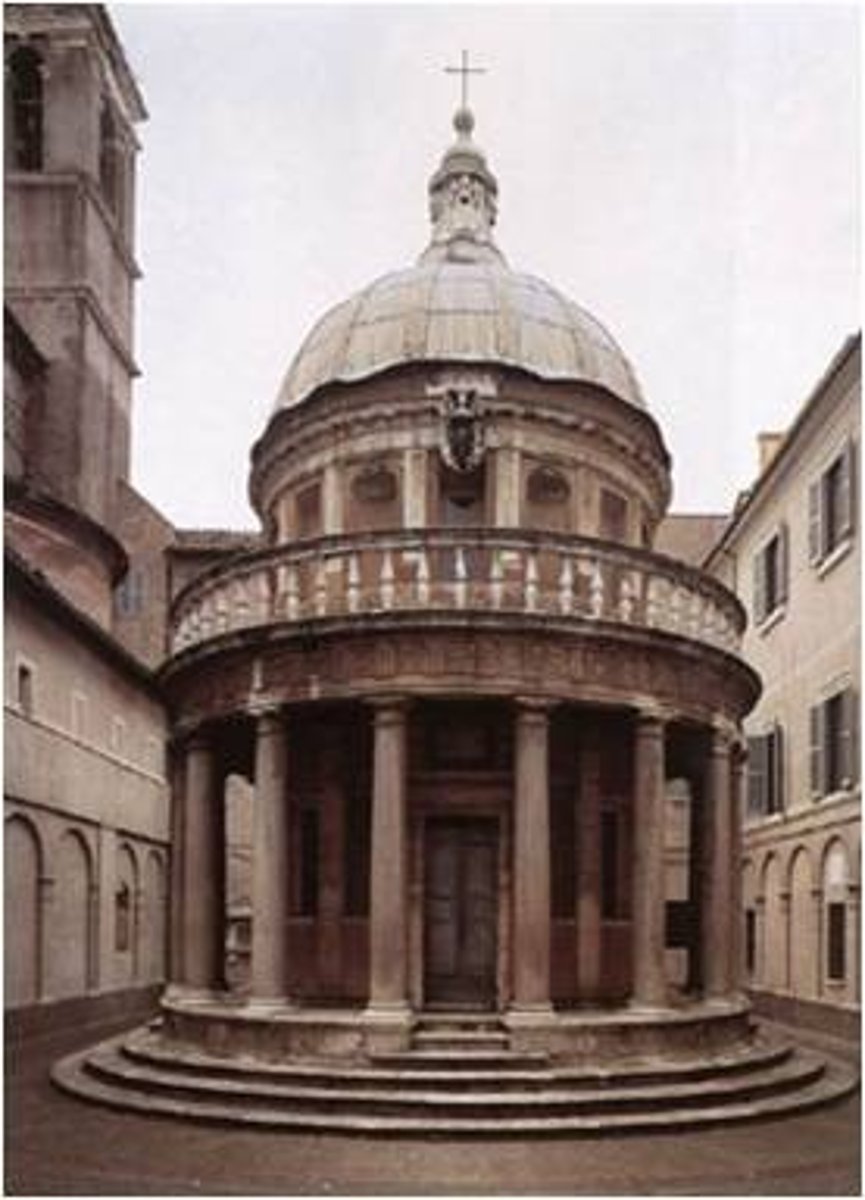
Renaissance Buildings
Tend to have a square, symmetrical appearance with central columns and windows, arches supported by piers or columns, decorated flat ceilings and domes.
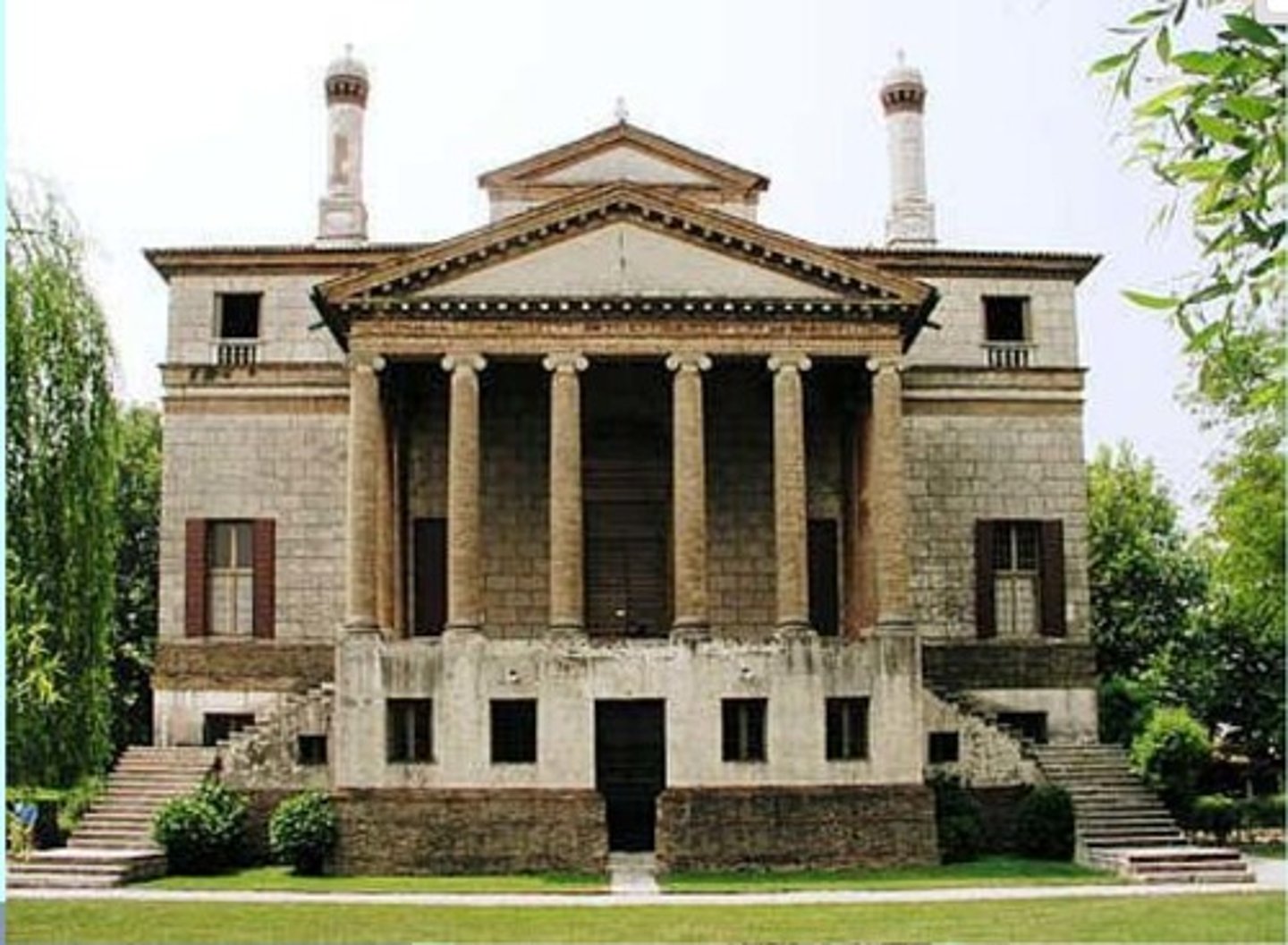
Leon Battista Alberti
Developed a clever system of classical pilasters and architraves which could be superimposed on any earlier smooth surface called, "ornamentum"
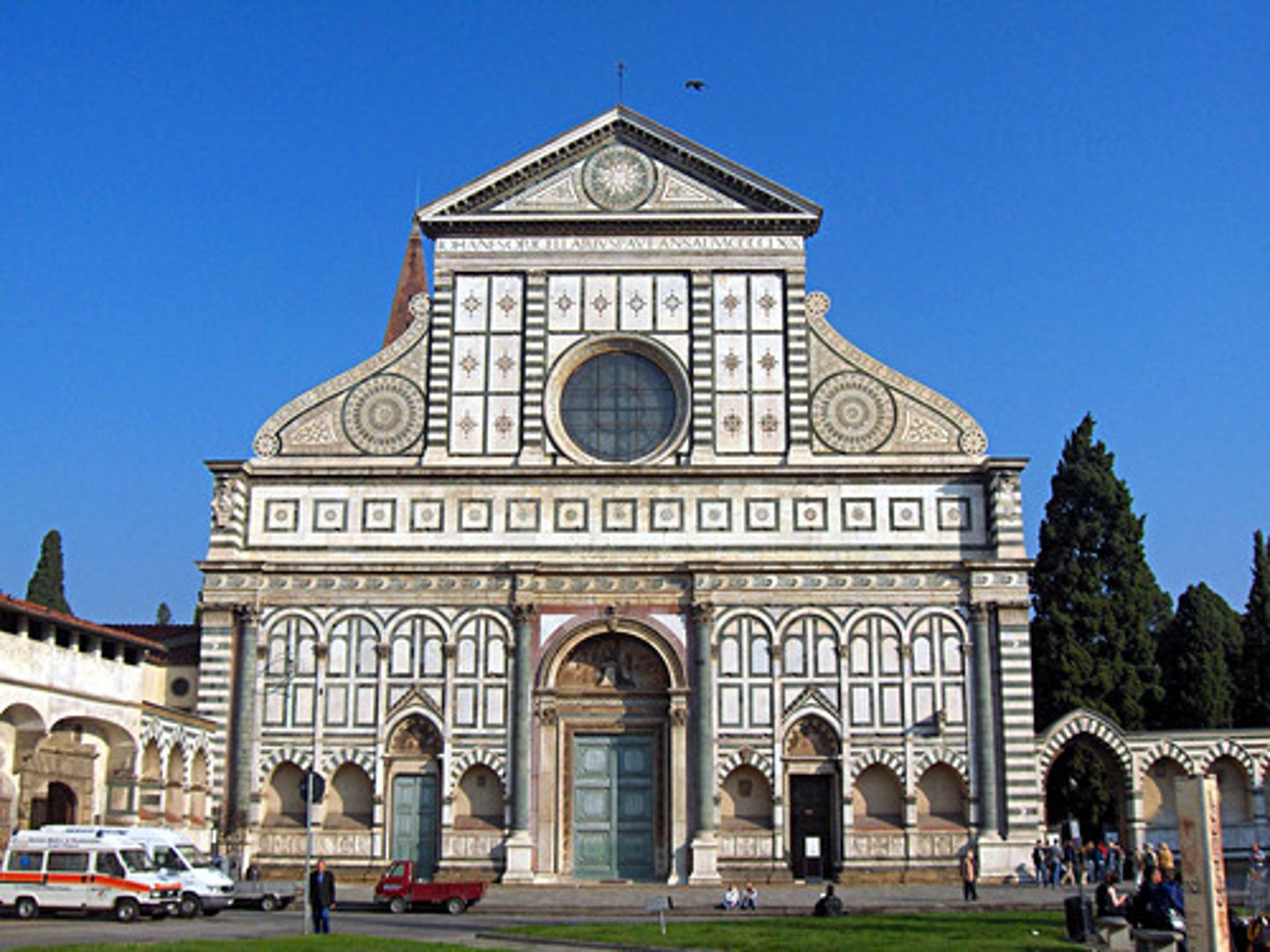
Andrea Palladio
Father of modern picture books of architecture.
Contained little theory, but could be copied by less literate architects.
Philibert de l'orme
-contested Roman architecture as the ideal
-rejected the doctrine of absolute beauty of measures
-pointed out differences in proportions of the Pantheon
-"perceptive psychology": the actual form did not alone determine its beauty; the final impression was only created when somebody was looking into the column
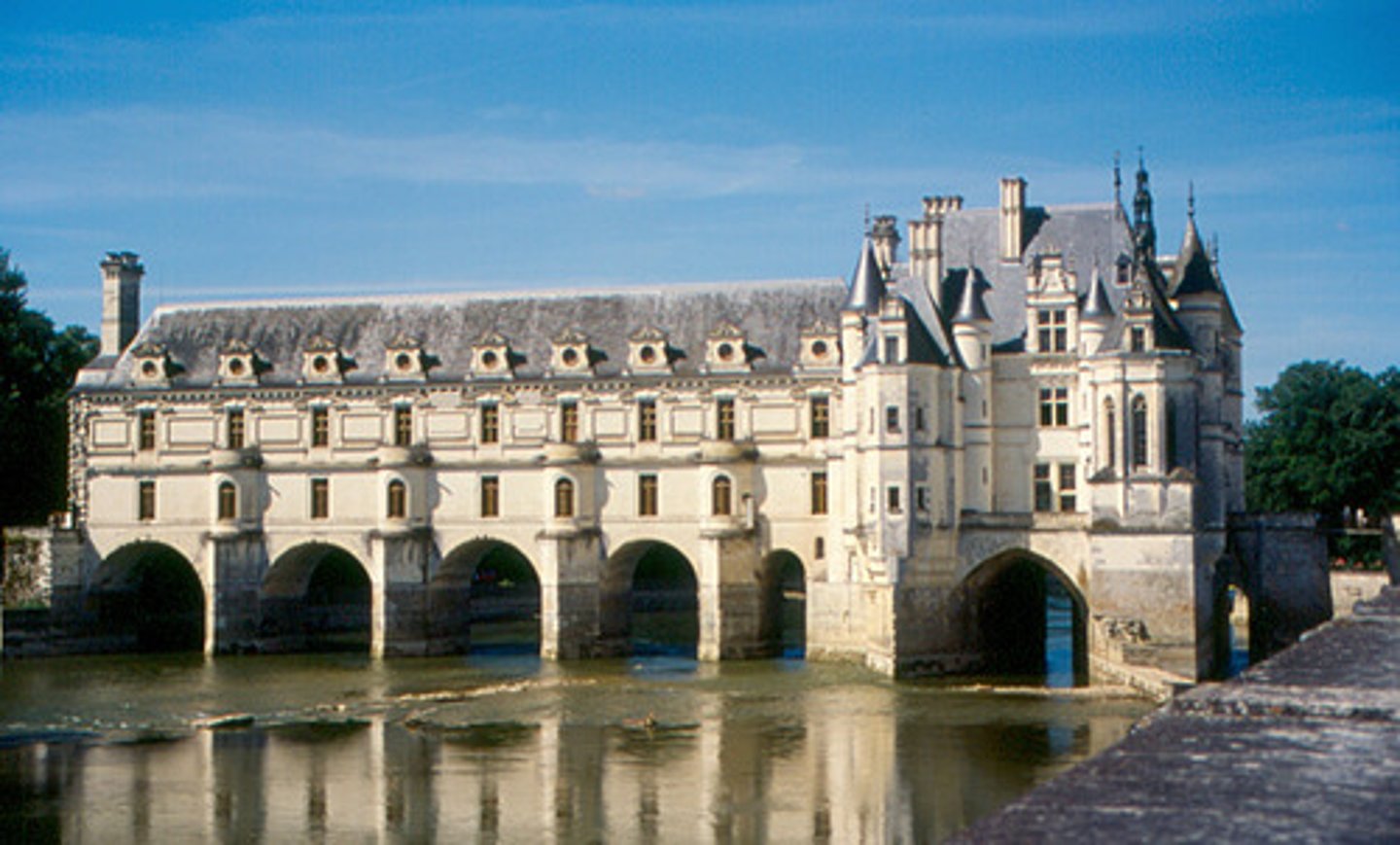
Baroque Architecture
A European style of architecture of the 17th and 18th centuries.
It was based upon the transformation of classical forms with an inventive use of space and decoration.
Characterized by ornate detail, exuberant curvaceous decoration and grand sweeping gestures with spatially complex compositions
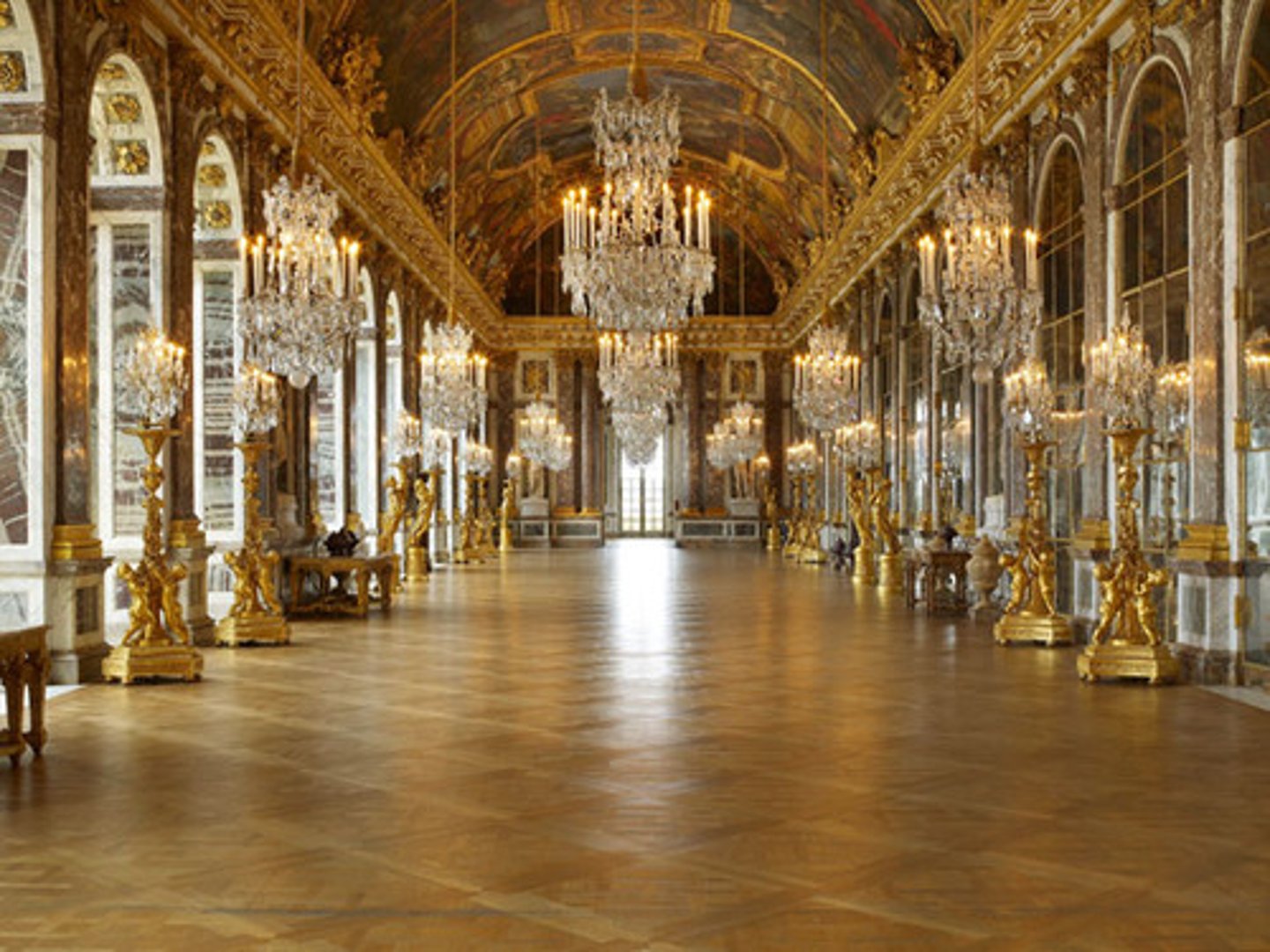
Rococo Style
Not a style in its own right, but is the last phase of the Baroque. Prominent in early 18th century France, Rococo developed from Baroque as a reaction to the heavy, opulent aesthetic, and instead was more light, playful and graceful. Placed emphasis upon asymmetry, curves and natural forms (such as tree branches, clouds, flowers or seashells), and detailing was frequently highlighted in gold
Anthropocentrism
The human being is the most important entity in the universe. The world is perceived according to the values and experiences of the human being.
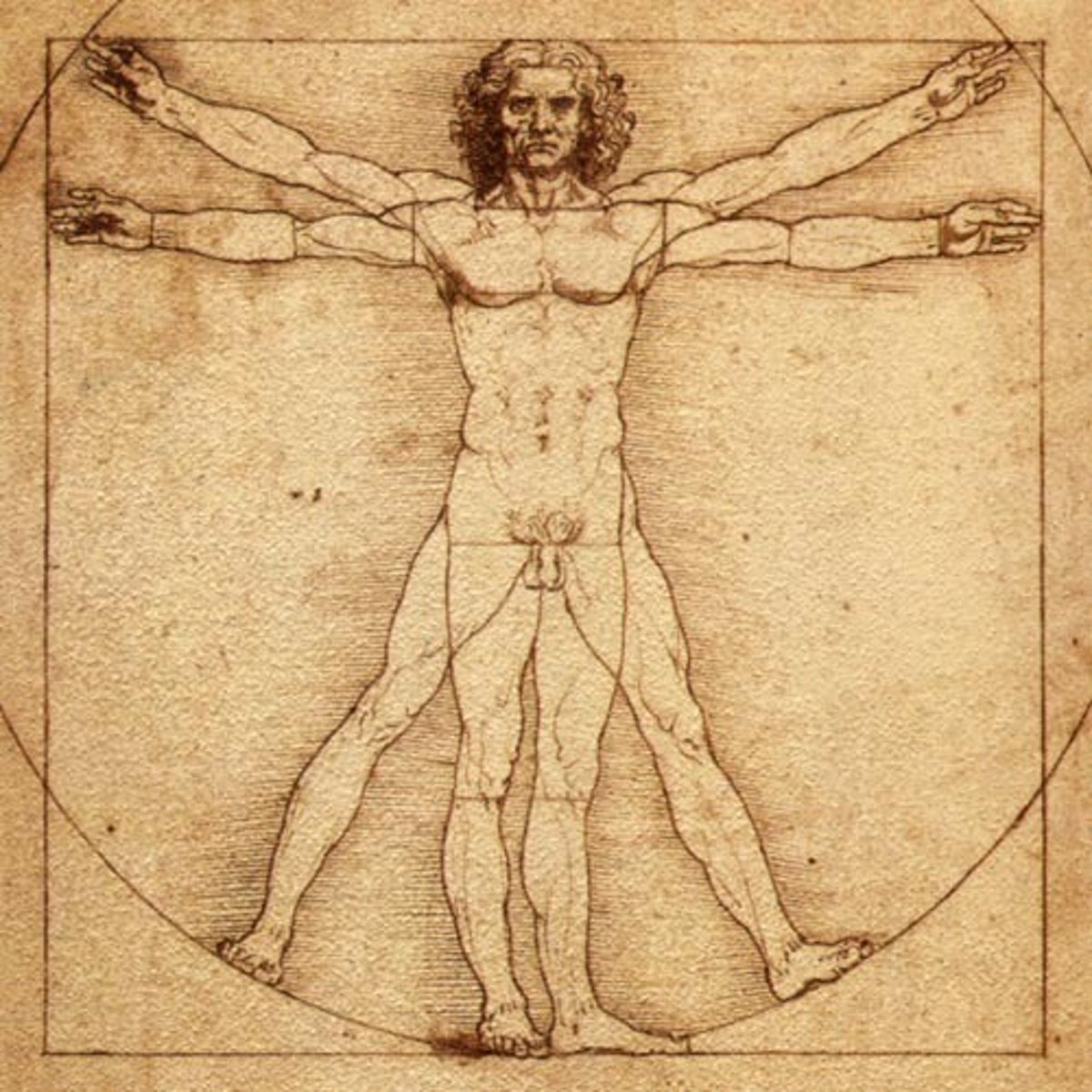
Anthropomorphism
Human qualities are associated with non-human entities/events such as form, values, and emotions.

Anthropometrics
Study of measurements of the human body
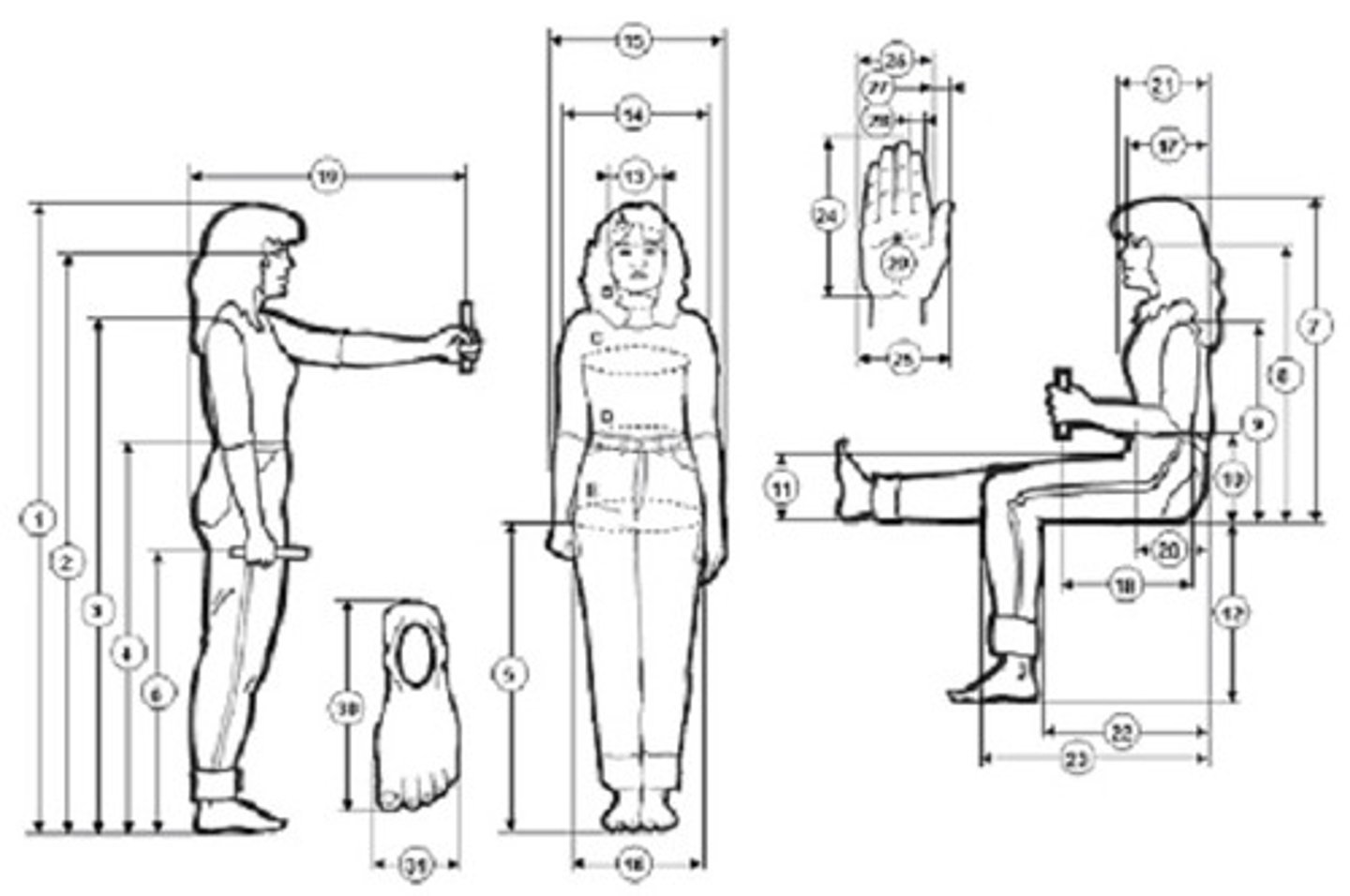
Ergonomics
An applied science concerned with the characteristics of people that need to be considered in the design of devices and systems in order that people and things will interact effectively and safely.
Atomists
Man is part of the universe. The elements making up man are the same elements making up the whole universe.
(Thales, Heraclitus, Empedocles)
Sophists
Man is the source of all measurements for all things; man is a free entity who can chart his own direction.
(Protagoras, Socrates, Plato, Aristotle)
Medieval/Christian Theologians
Man has no power over the laws of the universe.
Vitruvius
He denounced that a building should reflect measurements and proportions of the human body.
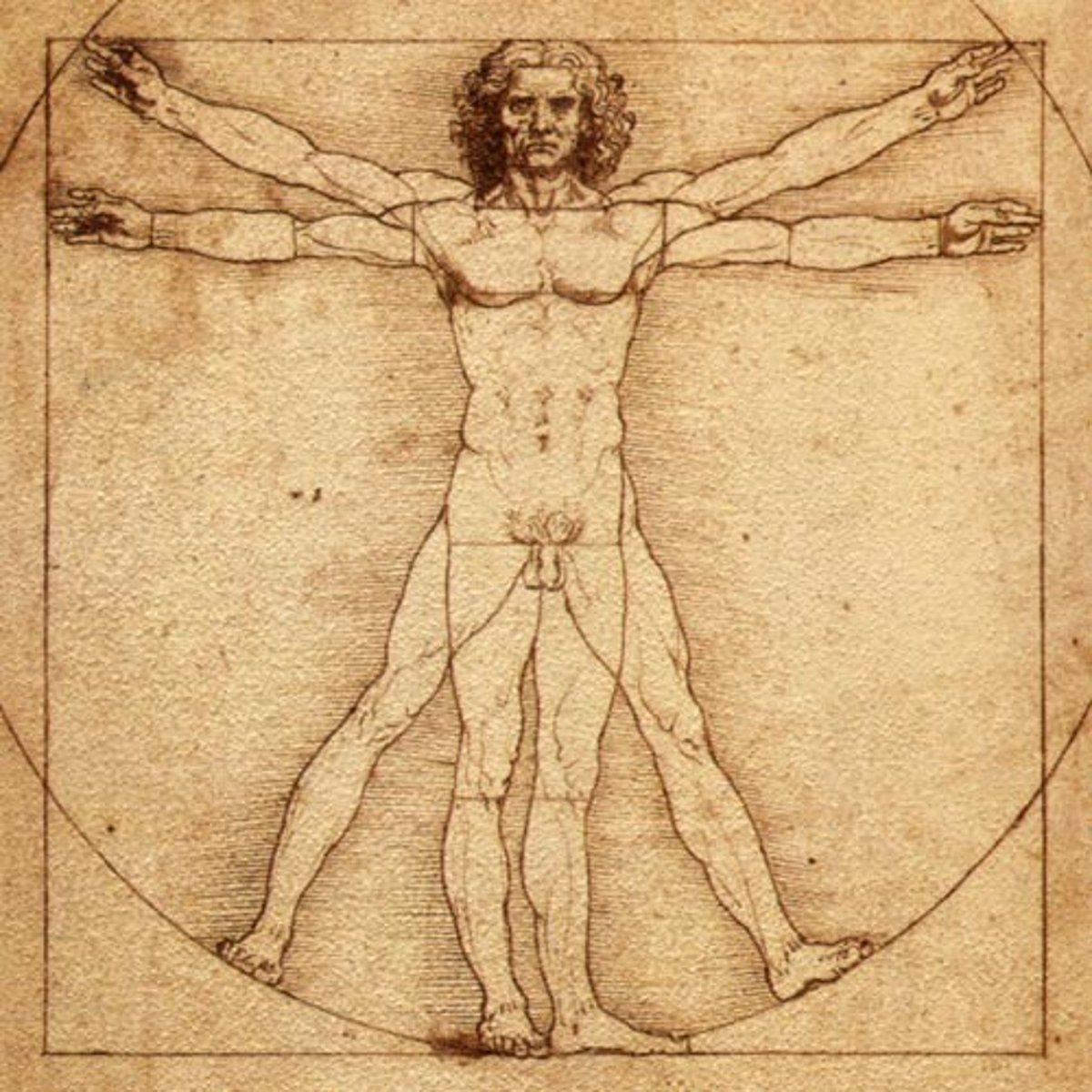
Alberti
"There is humanism in architecture. The concept of beauty is based in order of numbers and Euclidean geometry."
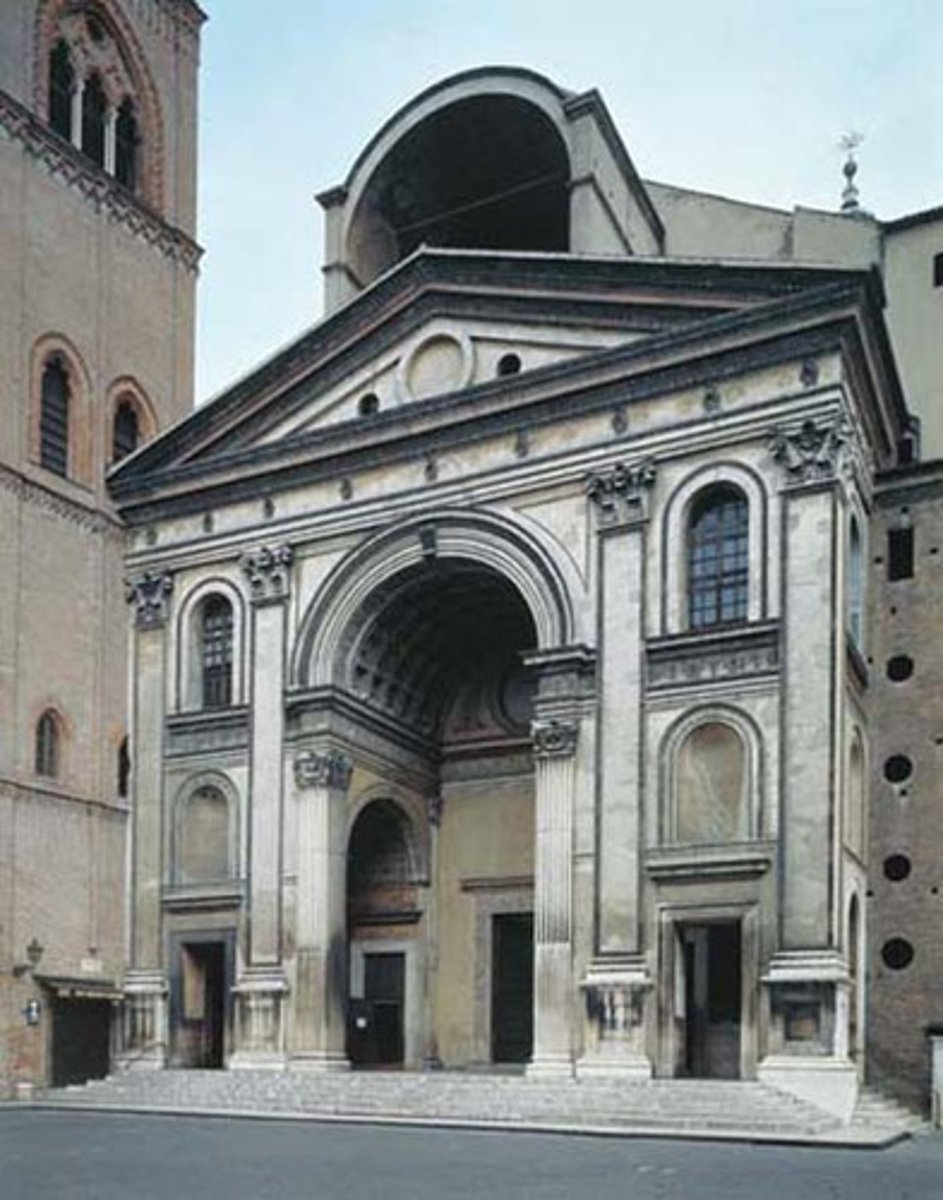
Soft Architecture
The building or environment can be personalized without damage to them or without difficult surgery.
Personalization and Personalized Space
Manifestation of desire for control and an expression of aesthetic taste as well as an effort to make environment fit activity better.
Staking claim to places.
Territory
A delimited space that a person or a group of persons uses and defends as an exclusive preserve.
Privacy
The ability of individuals or group of individuals to control their visual, auditory, and olfactory interactions with others. The ability to control interactions to have options and to achieve the desired level of interaction.
Solitude
The state of being free from observation by others
Intimacy
The state of being with another person but free from the outside world.

Anonimity
The state of being unknown even in a crowd.

Reserve
The state in which a person employs psychological barriers to control unwanted intrusions.

1-18 inches
Intimate level of space

18-48 inches
Personal level of space

4-12 feet
Social level of space
12 or more feet
Public distance
Marcus Vitruvius Pollio
Documented architectural theory in the first book in architecture.
